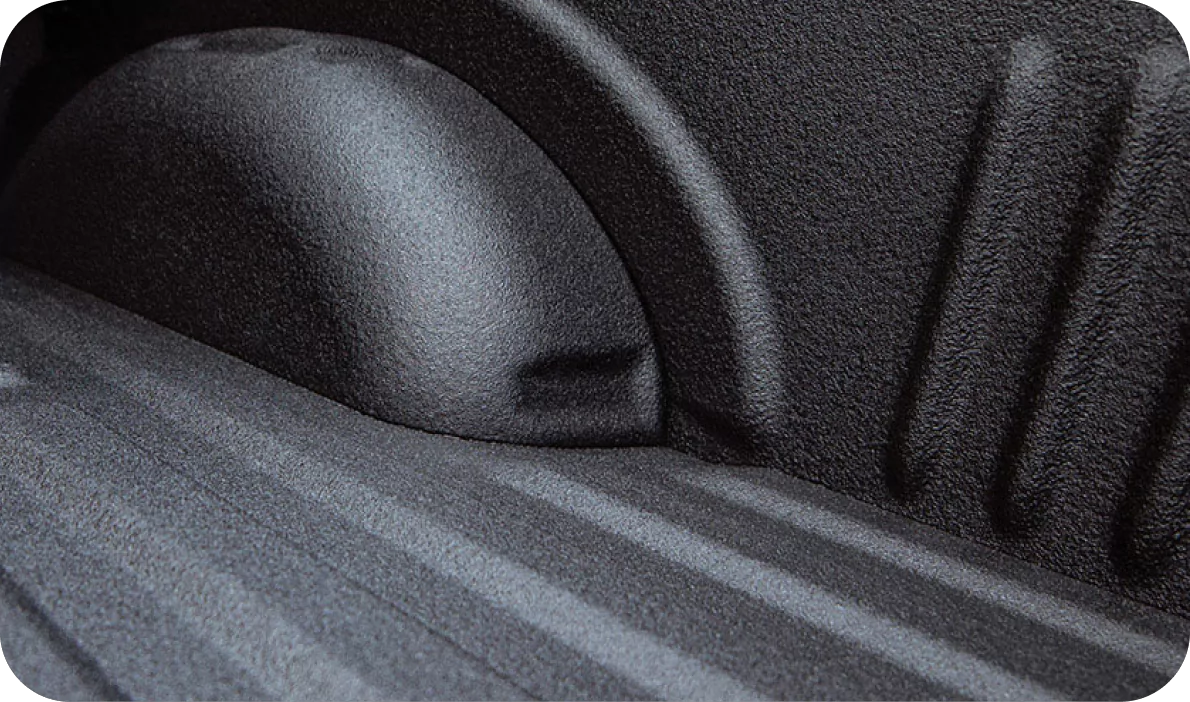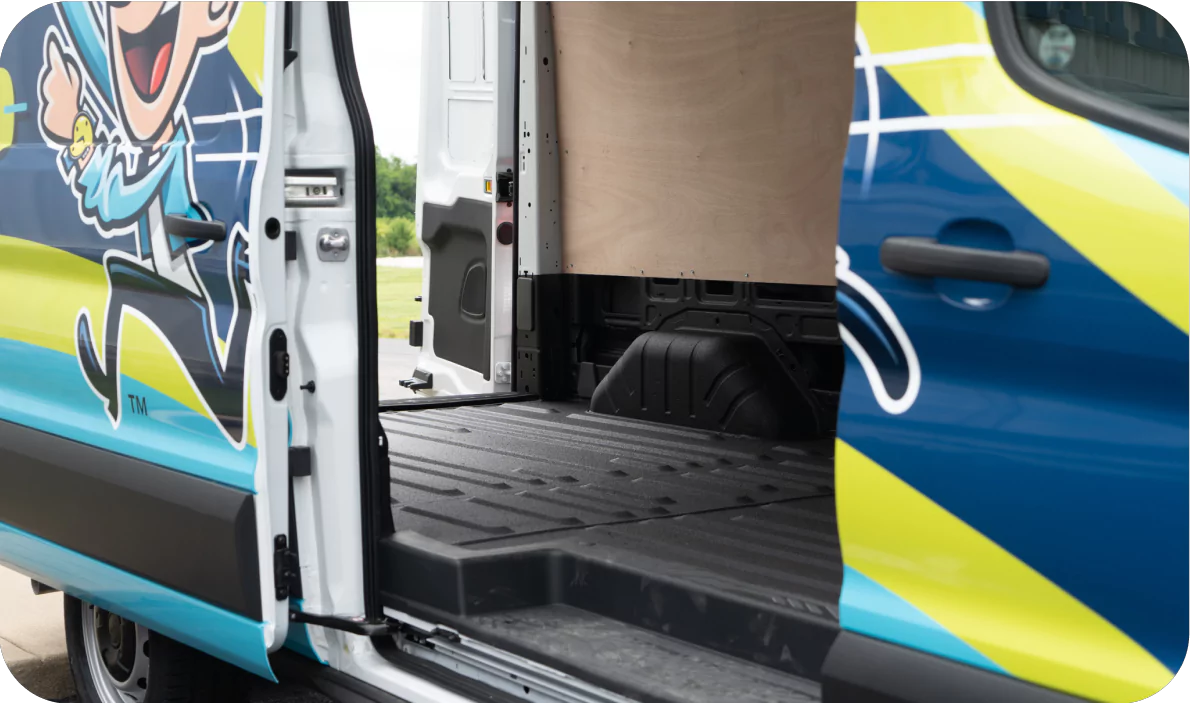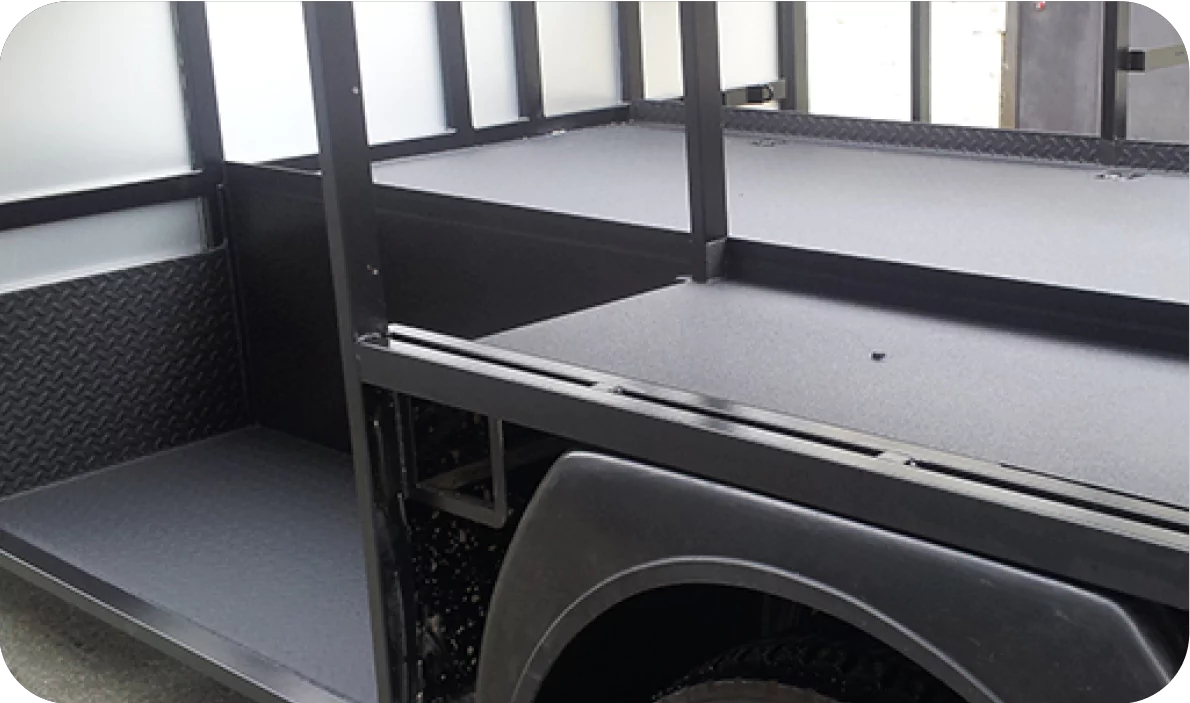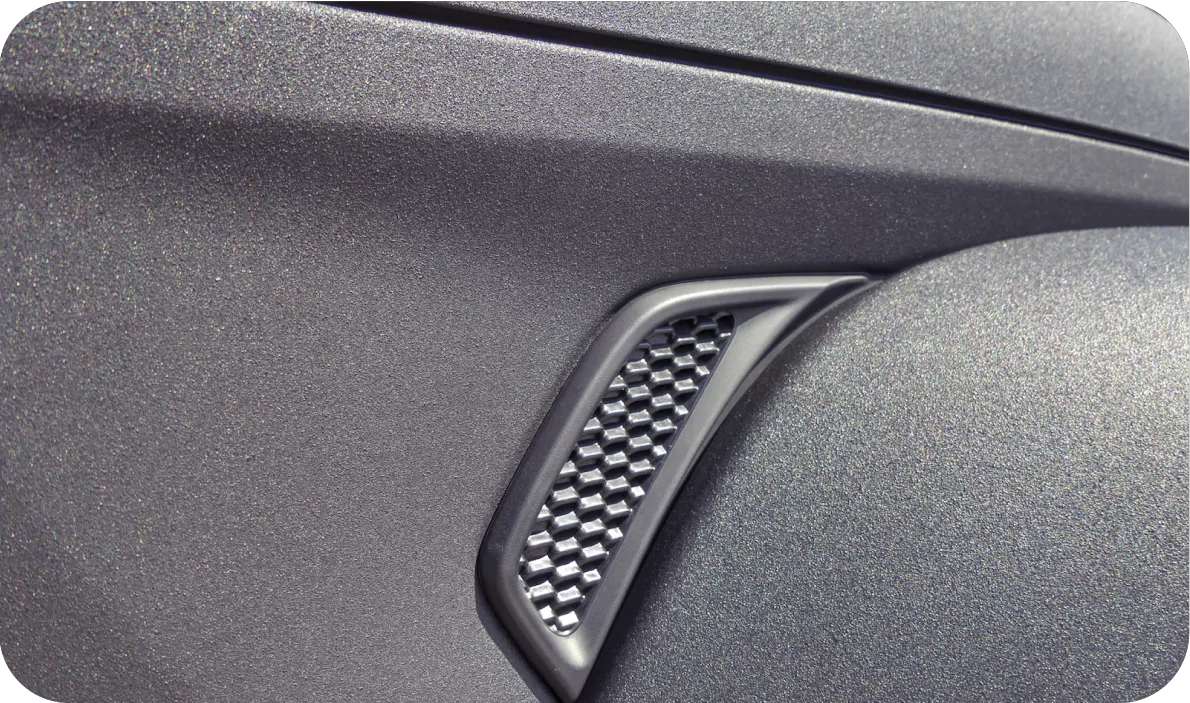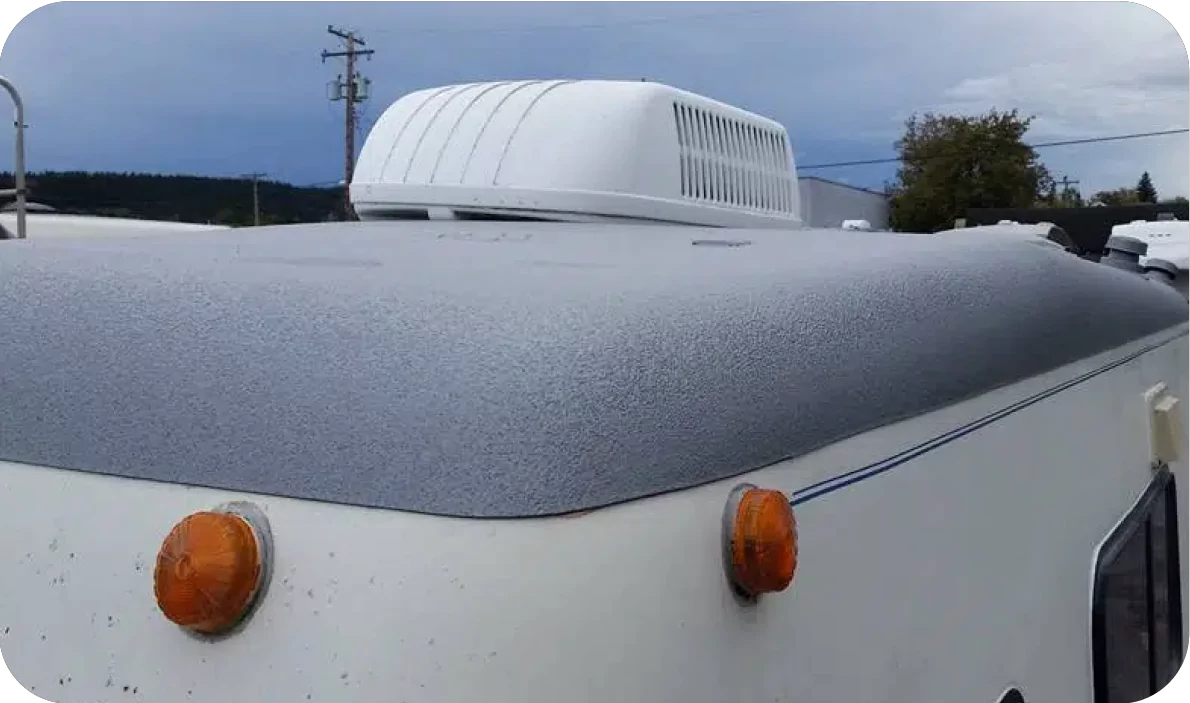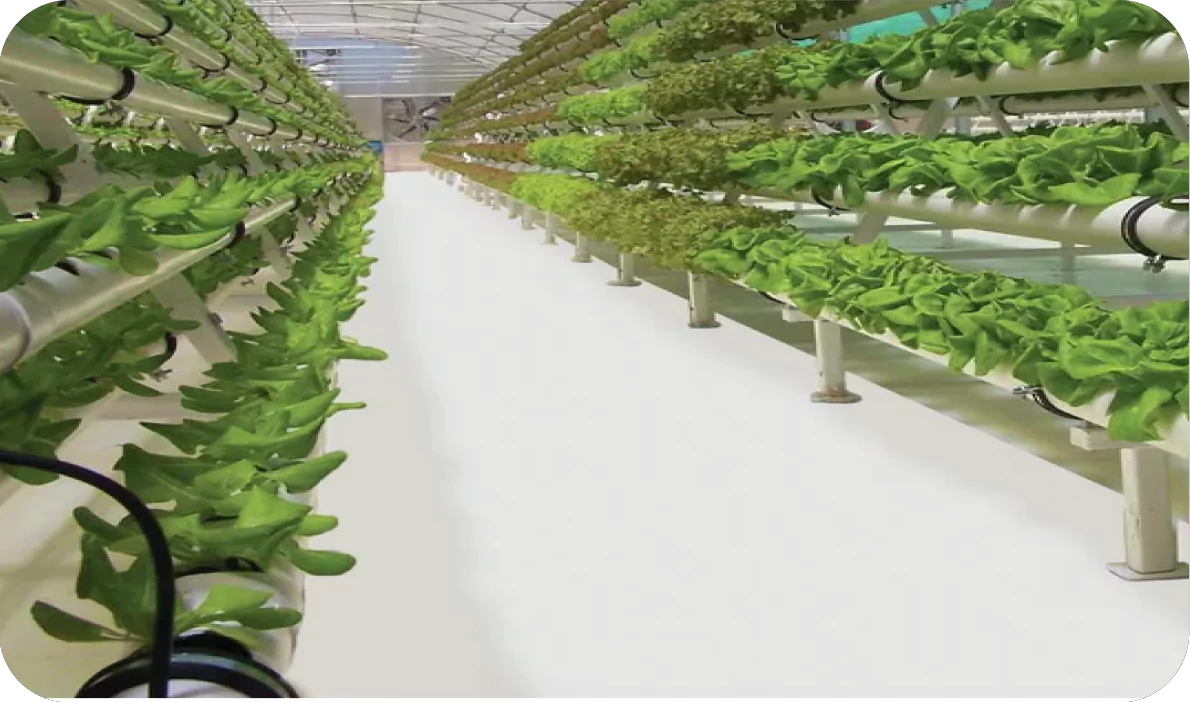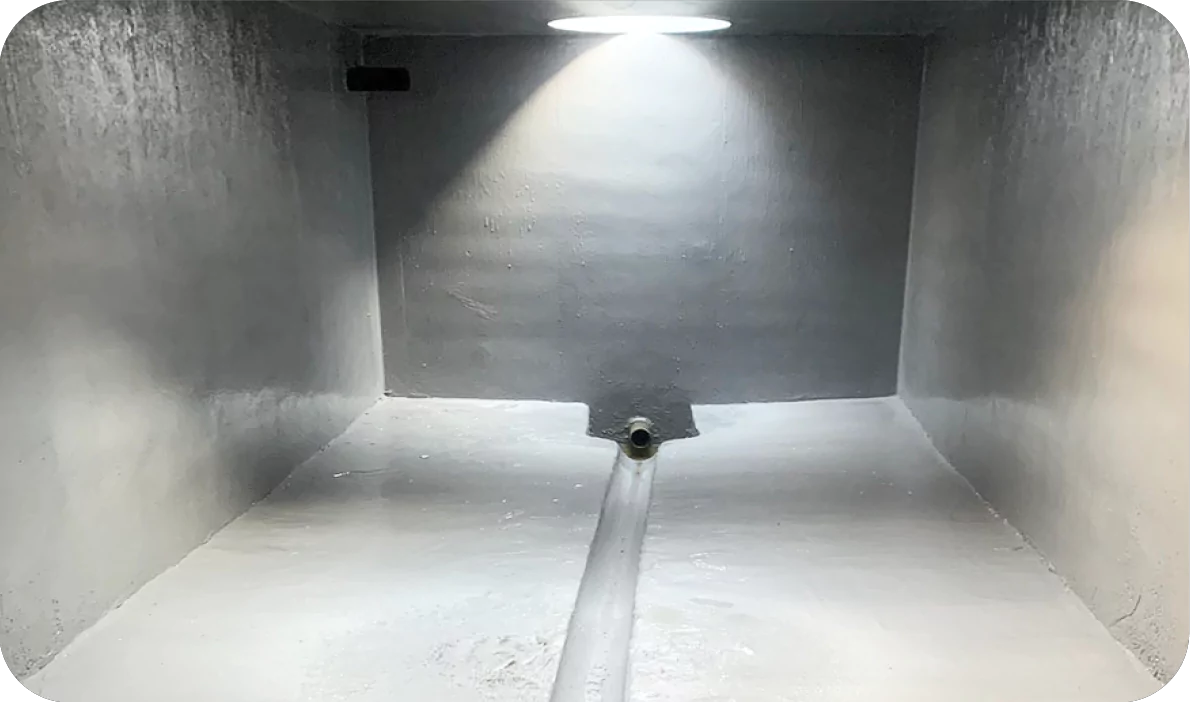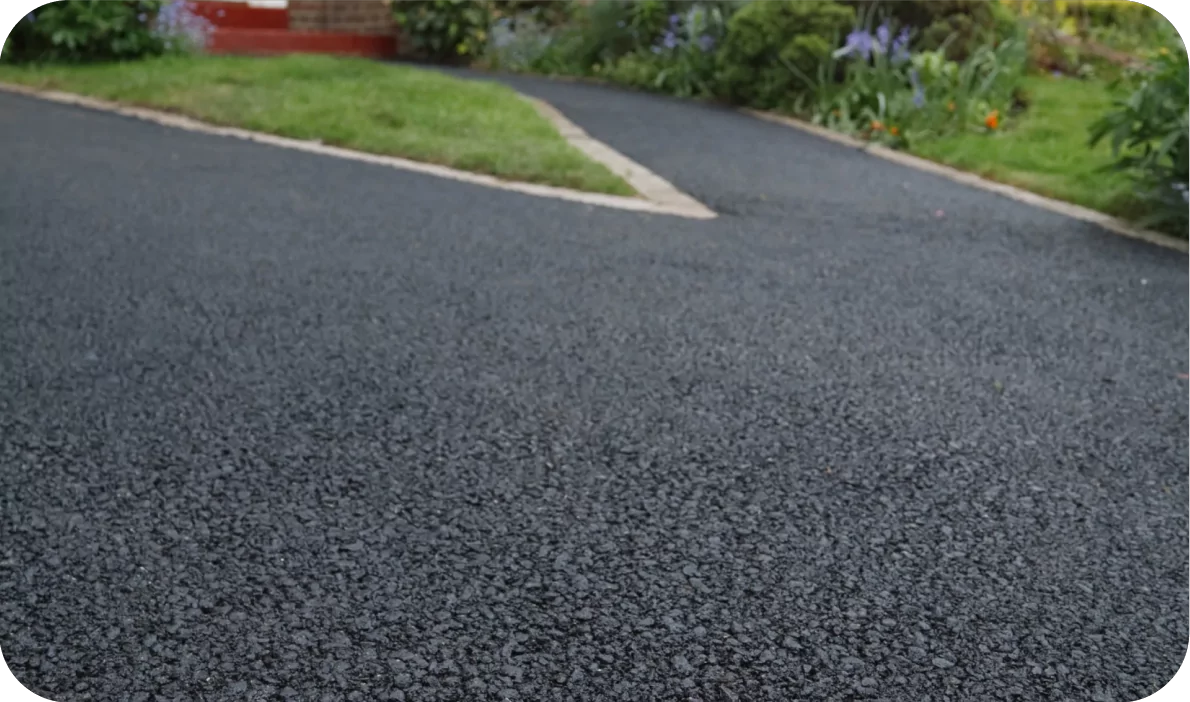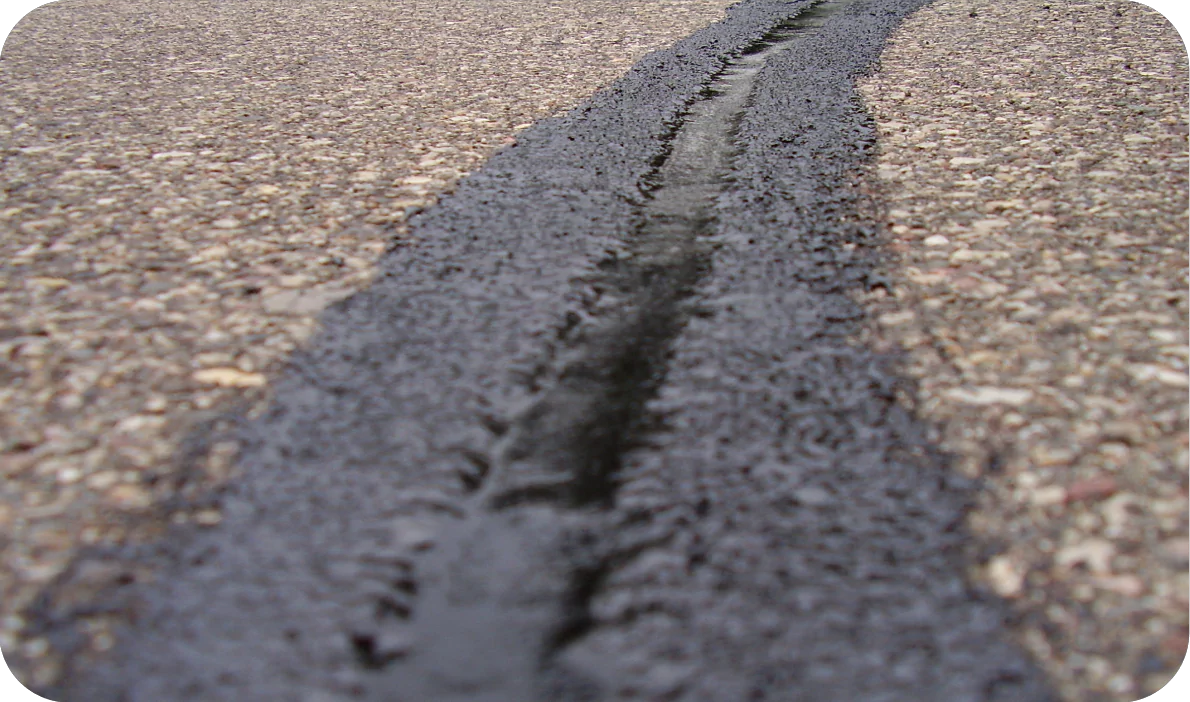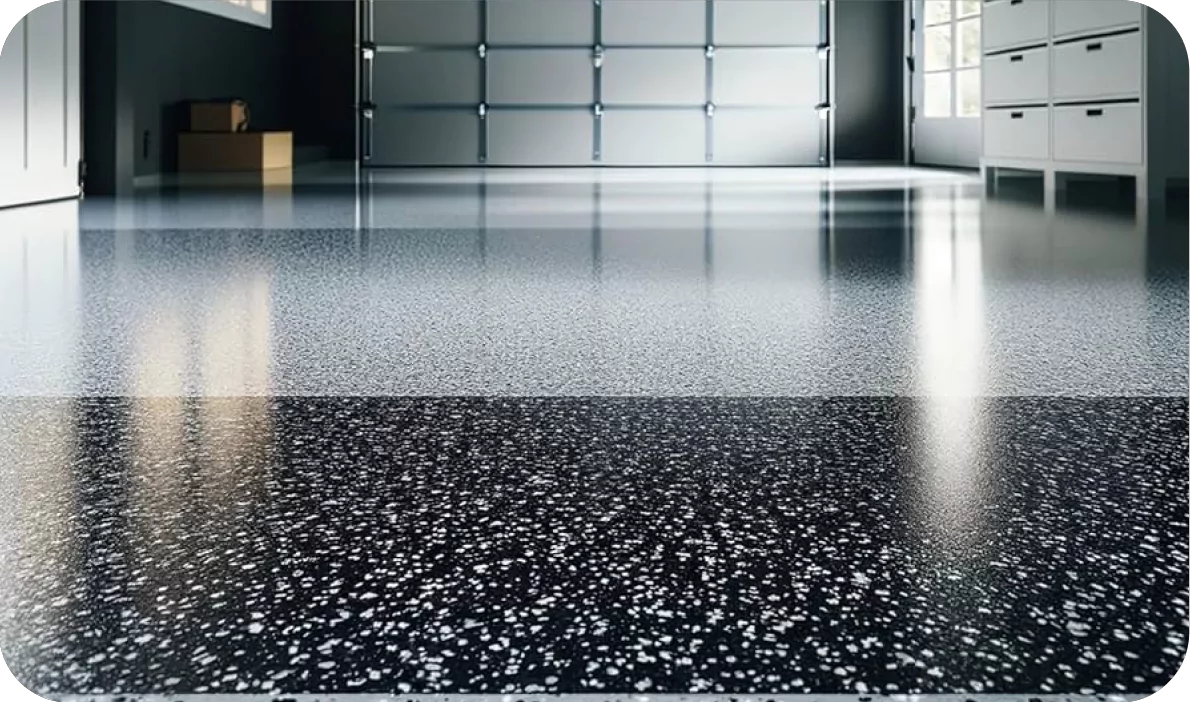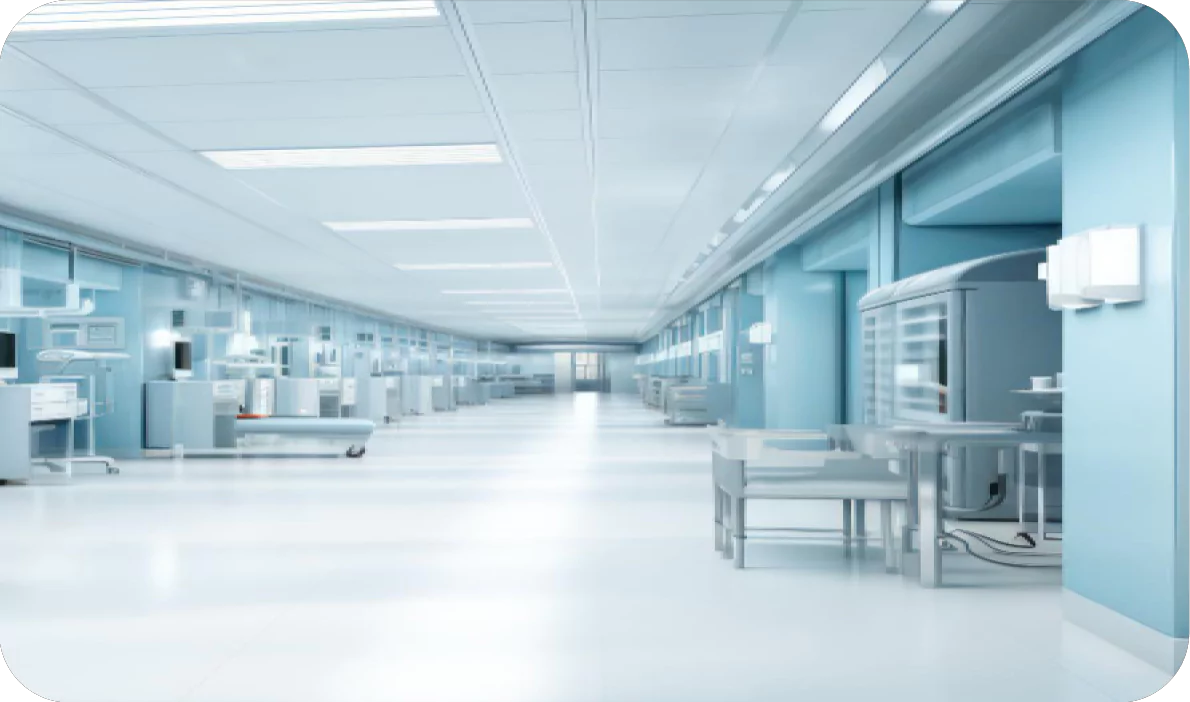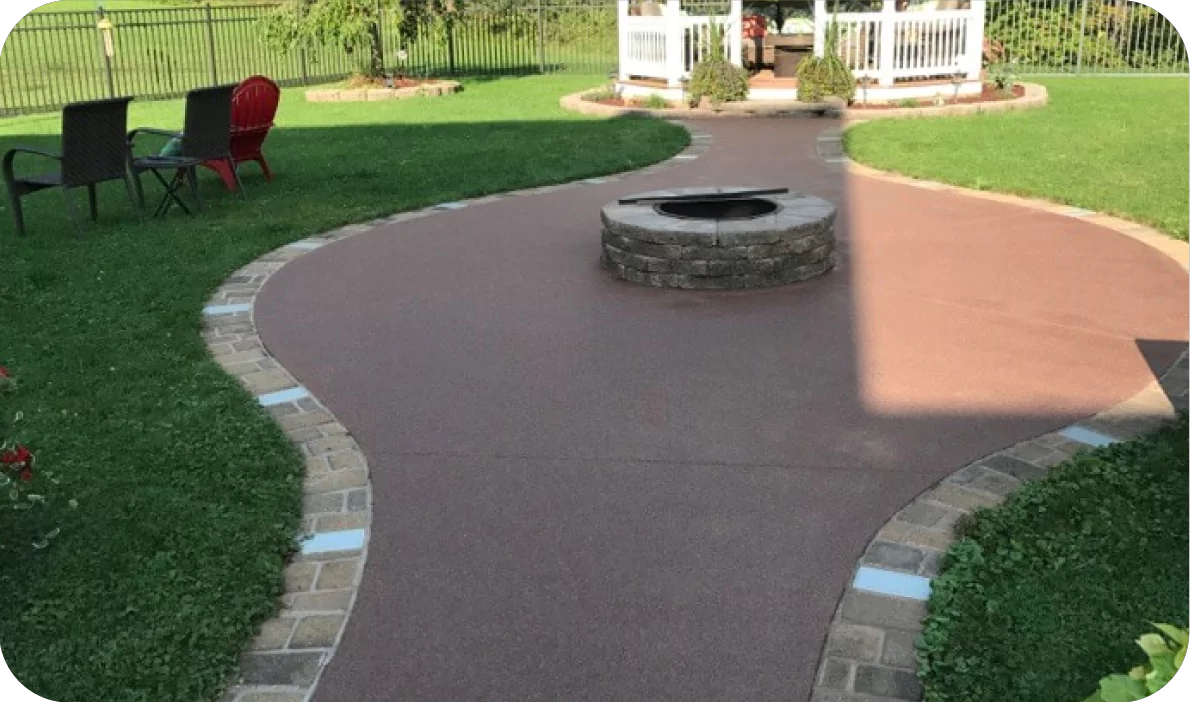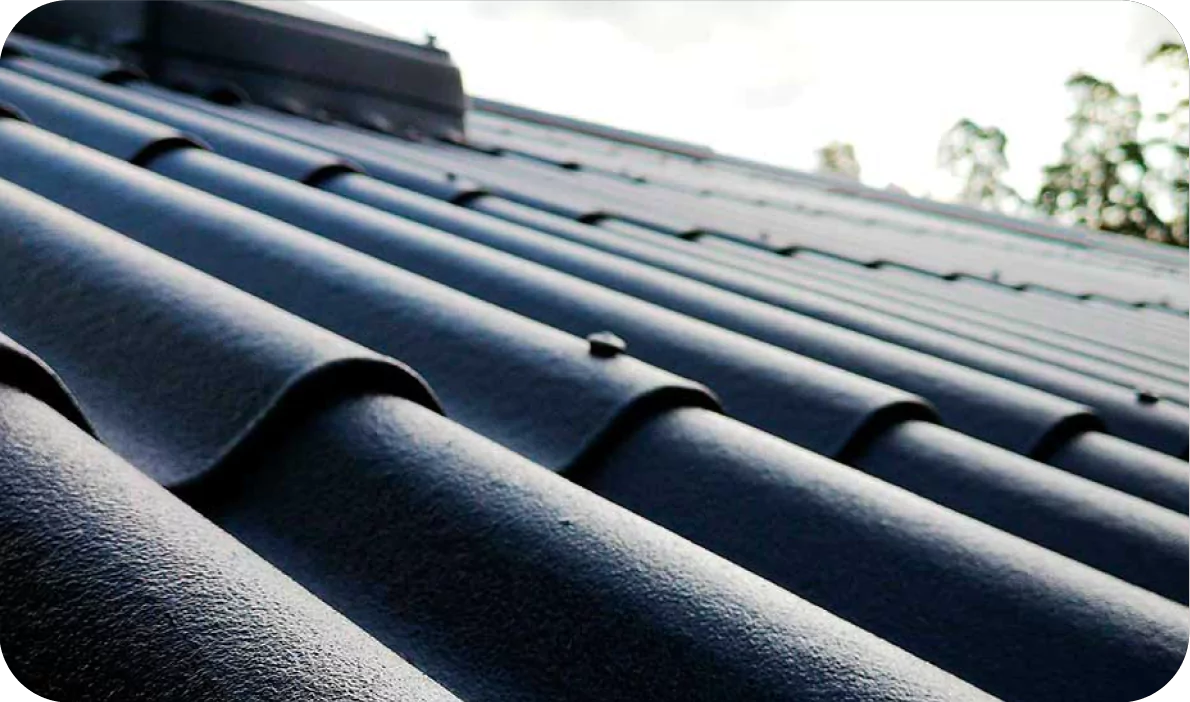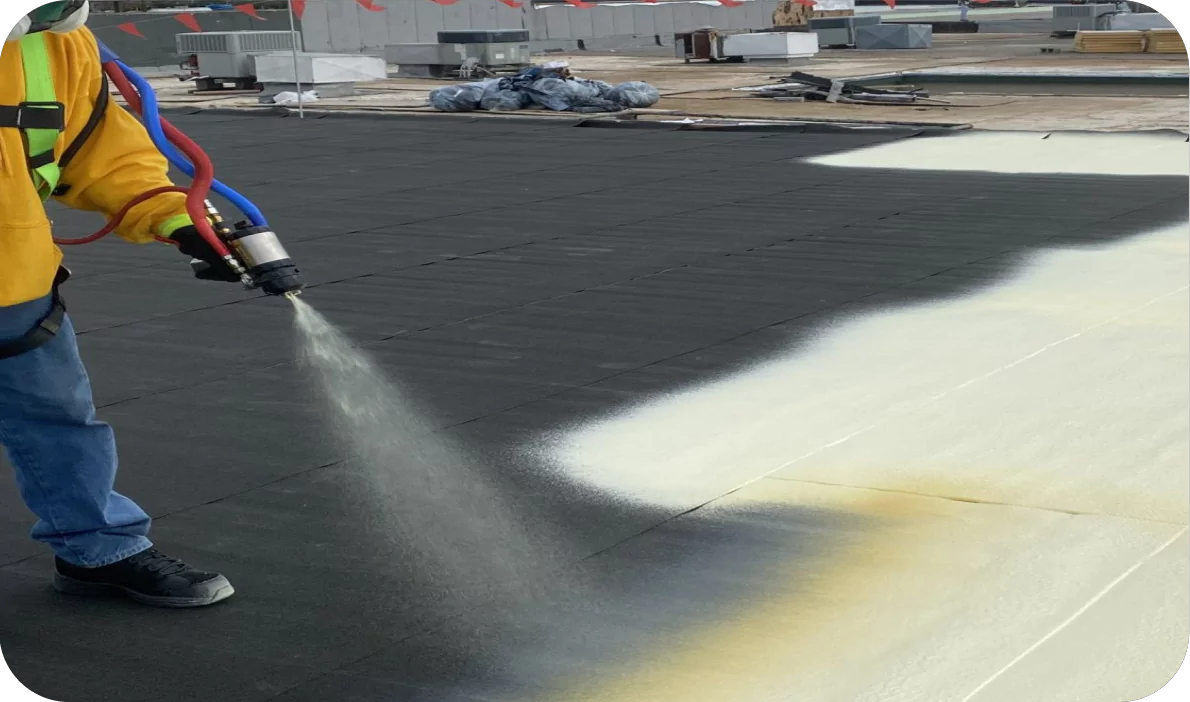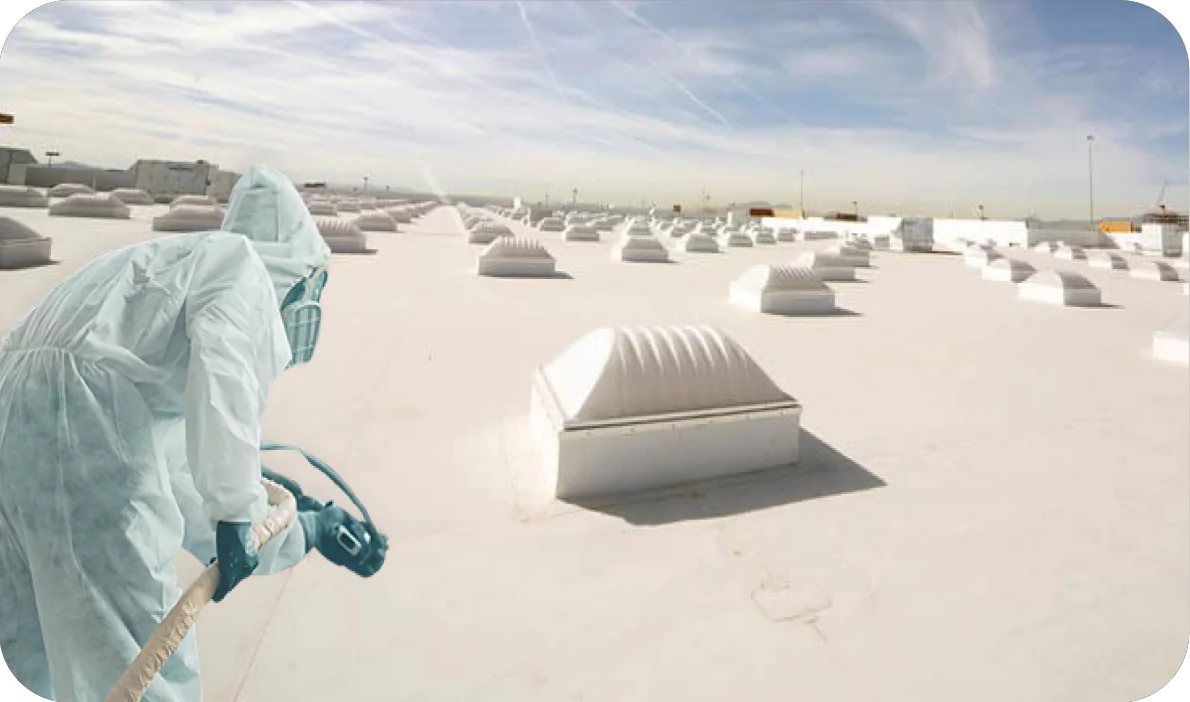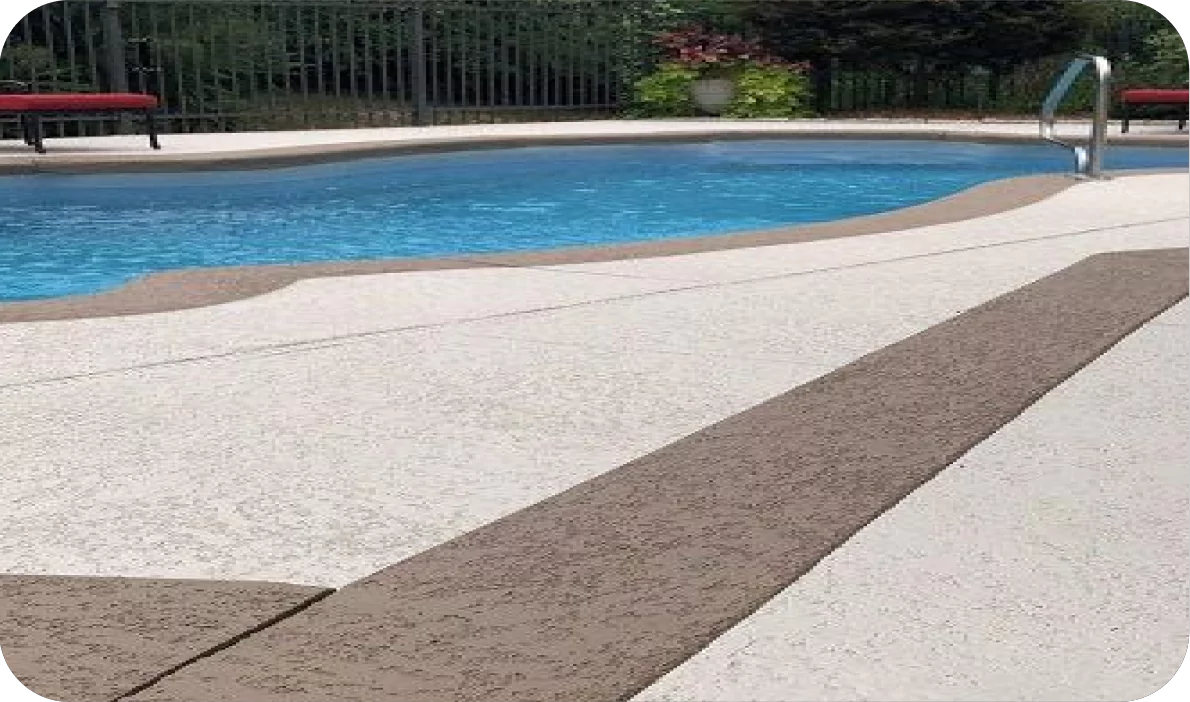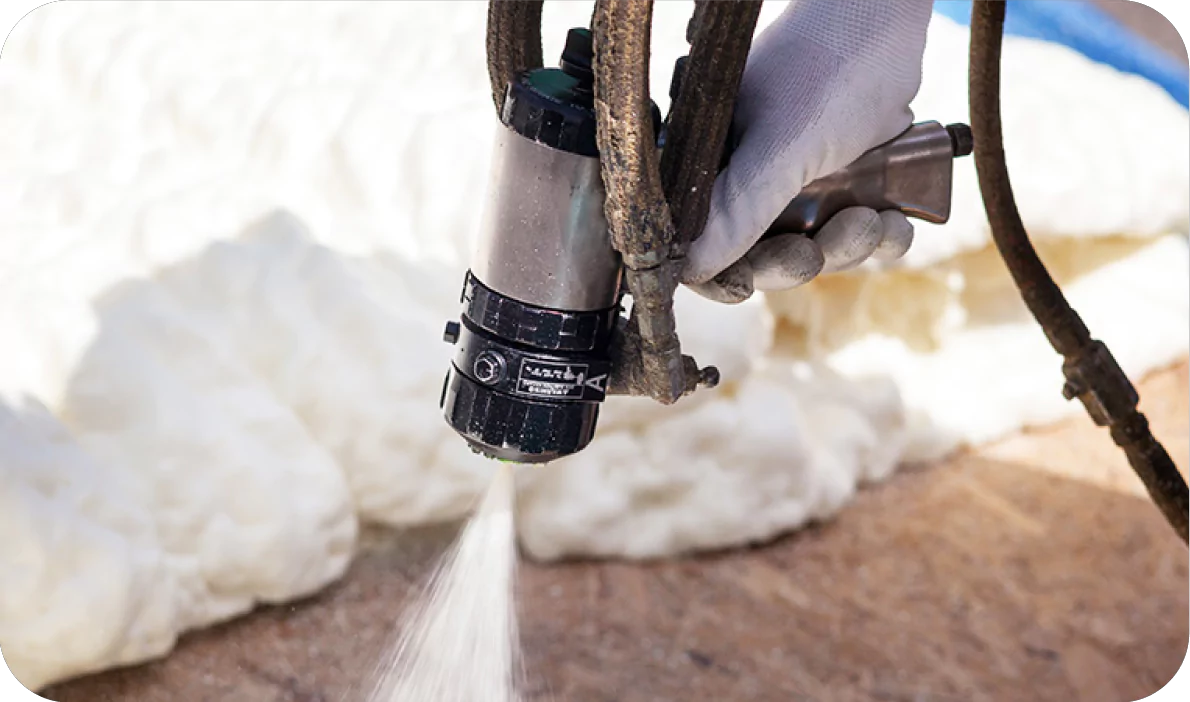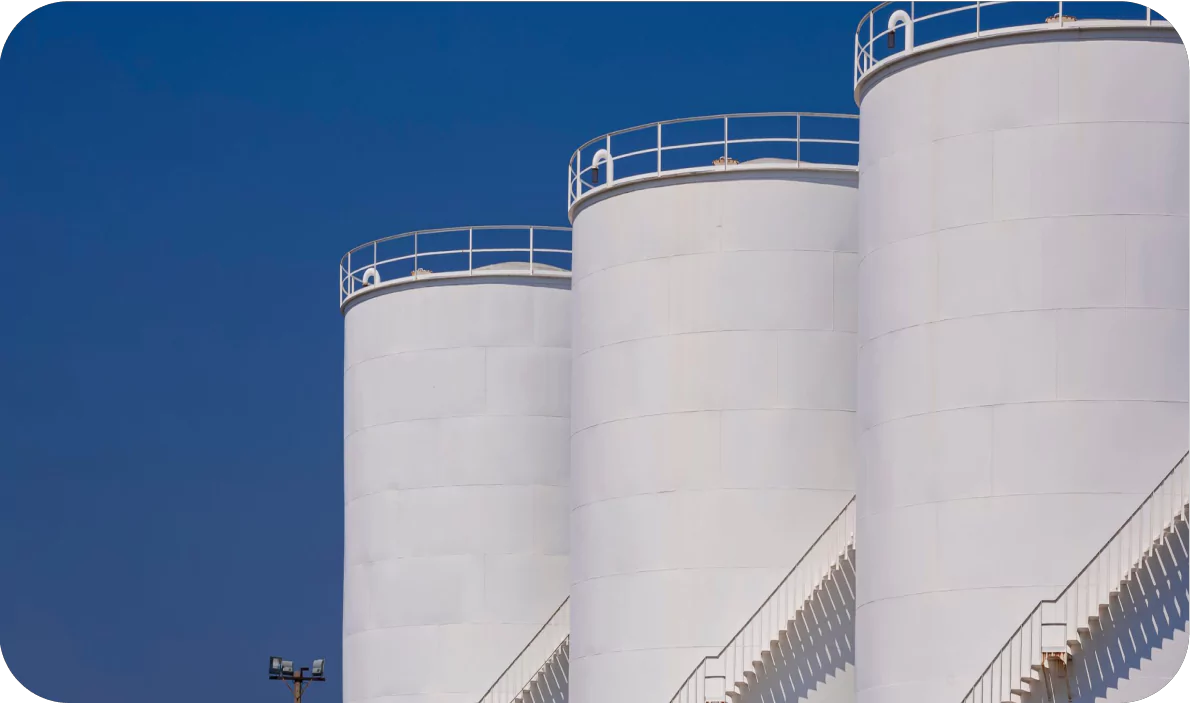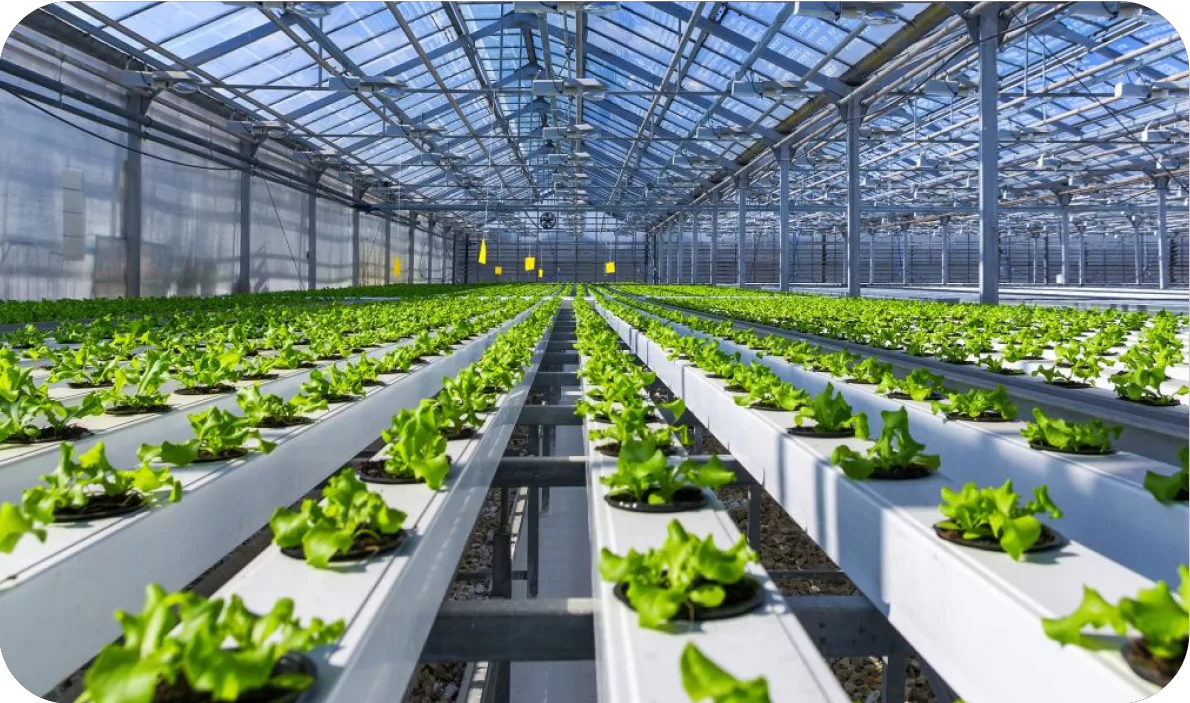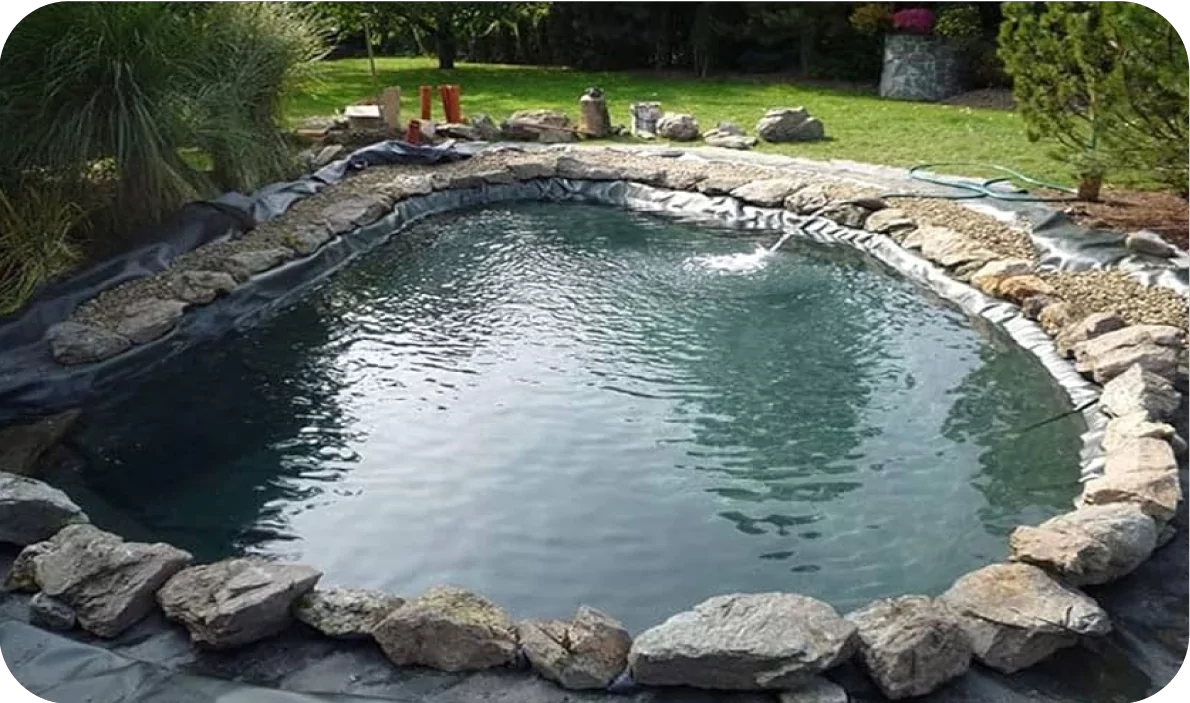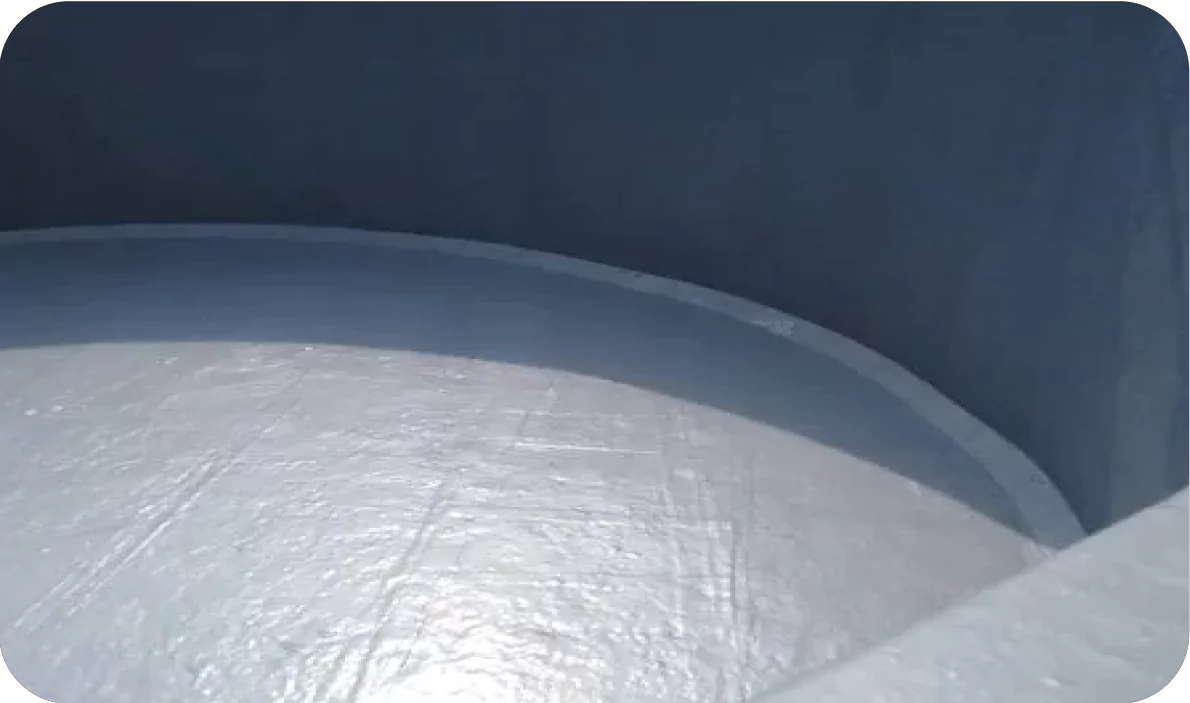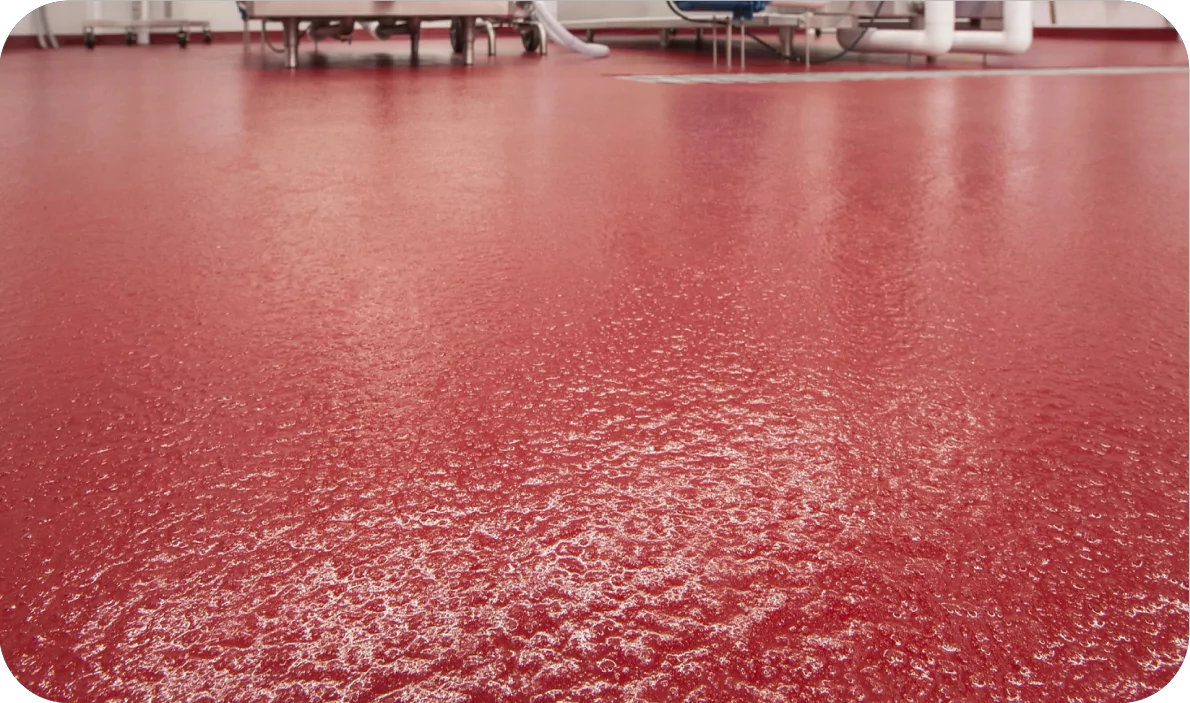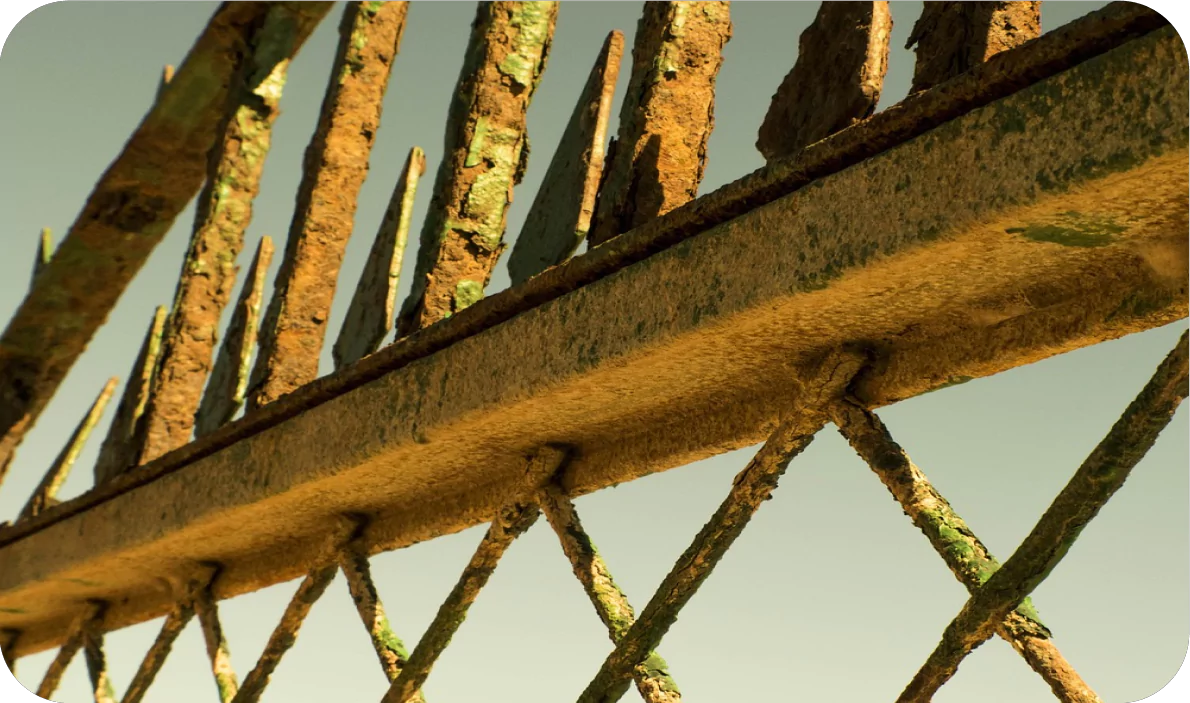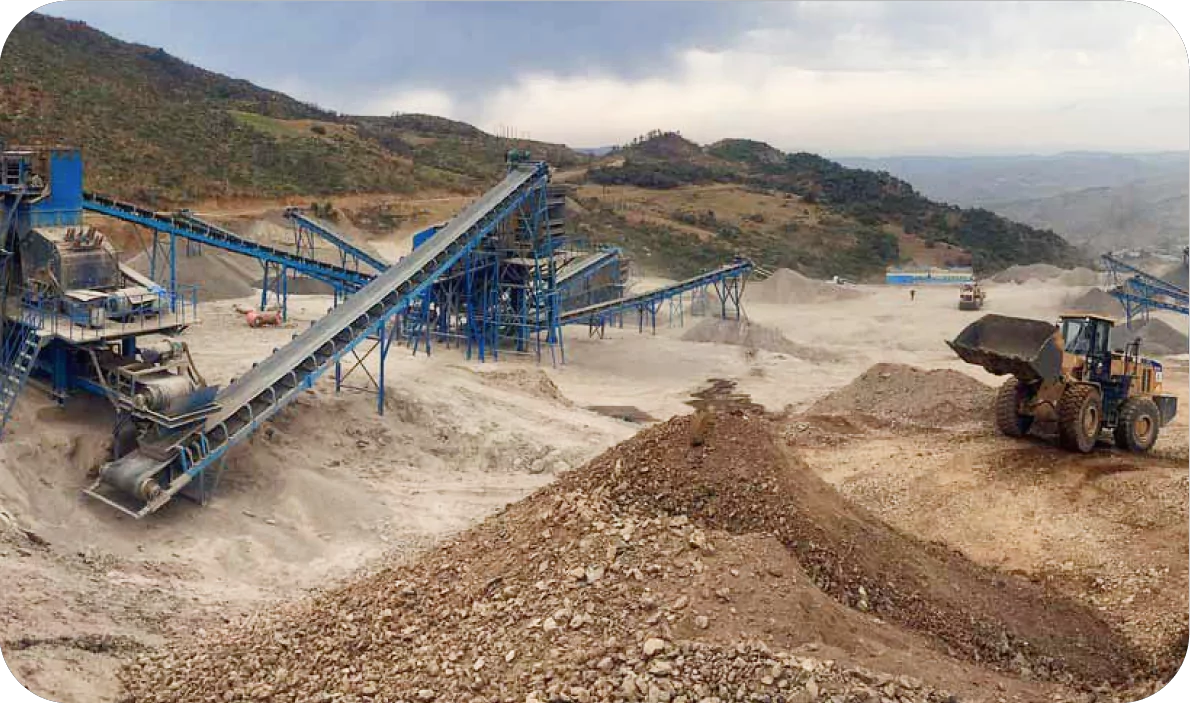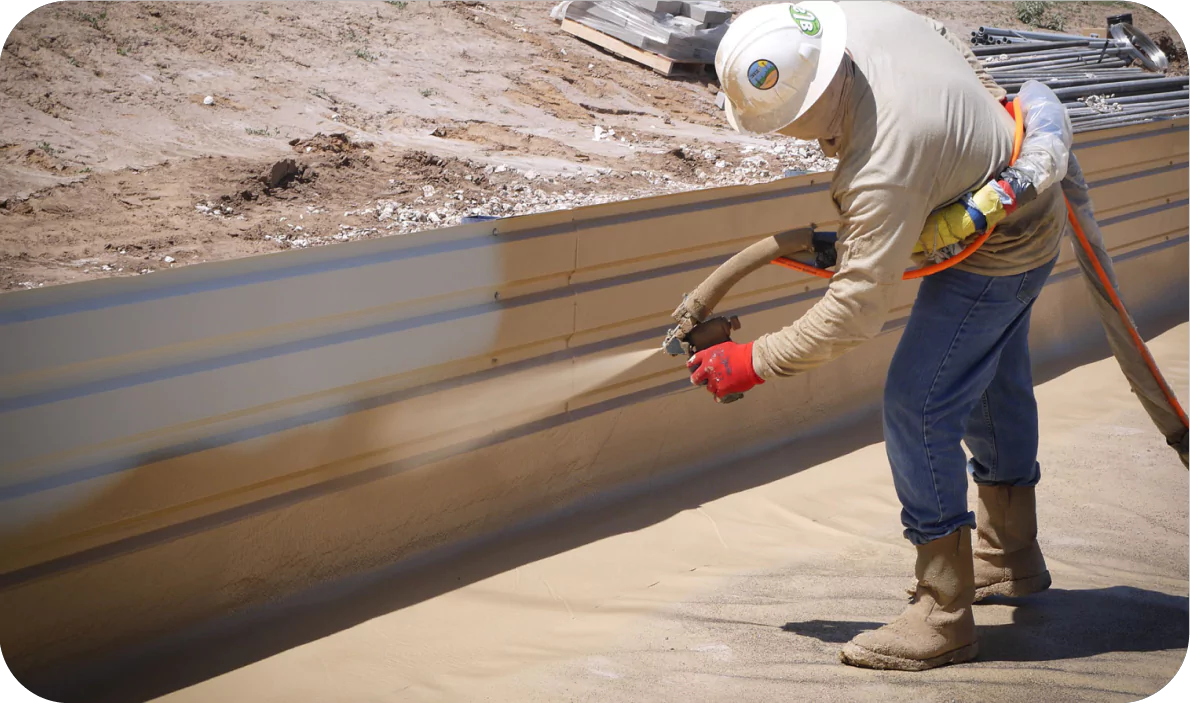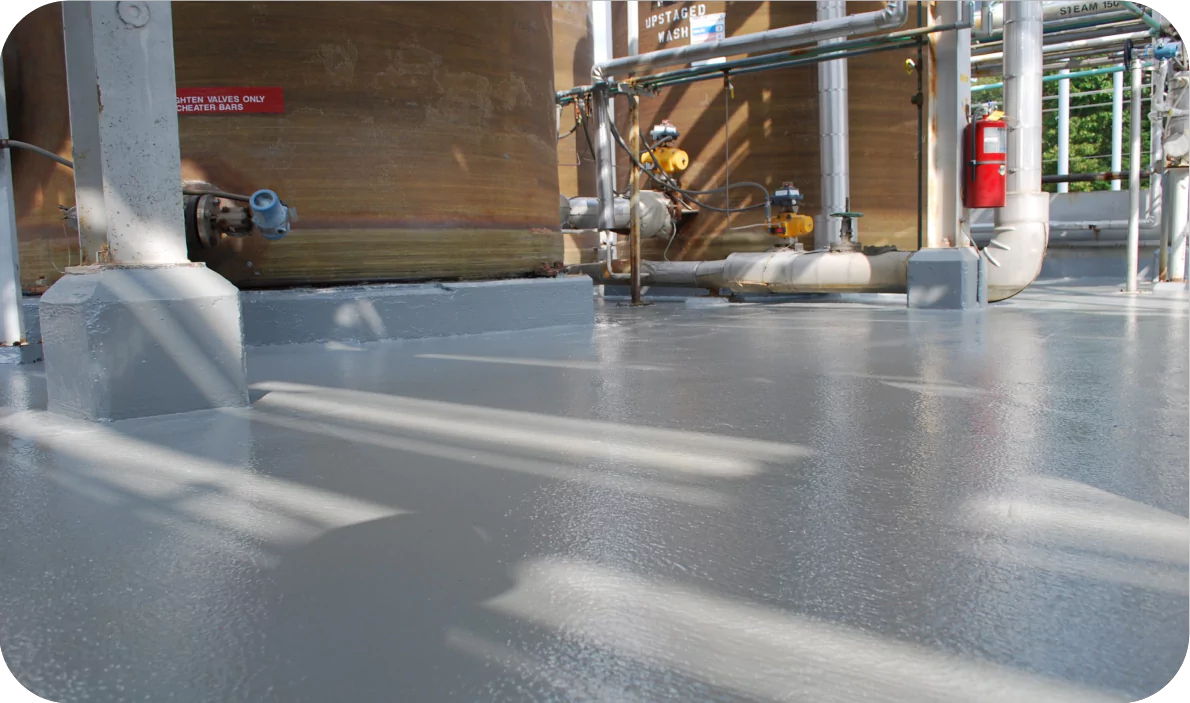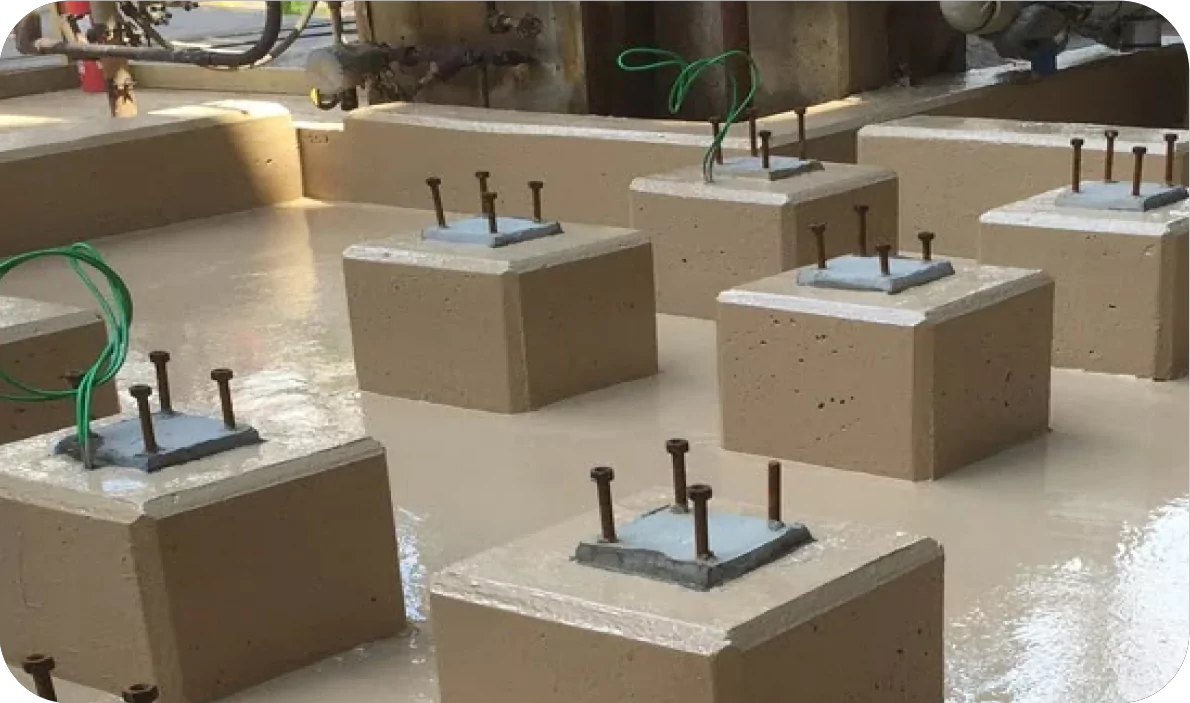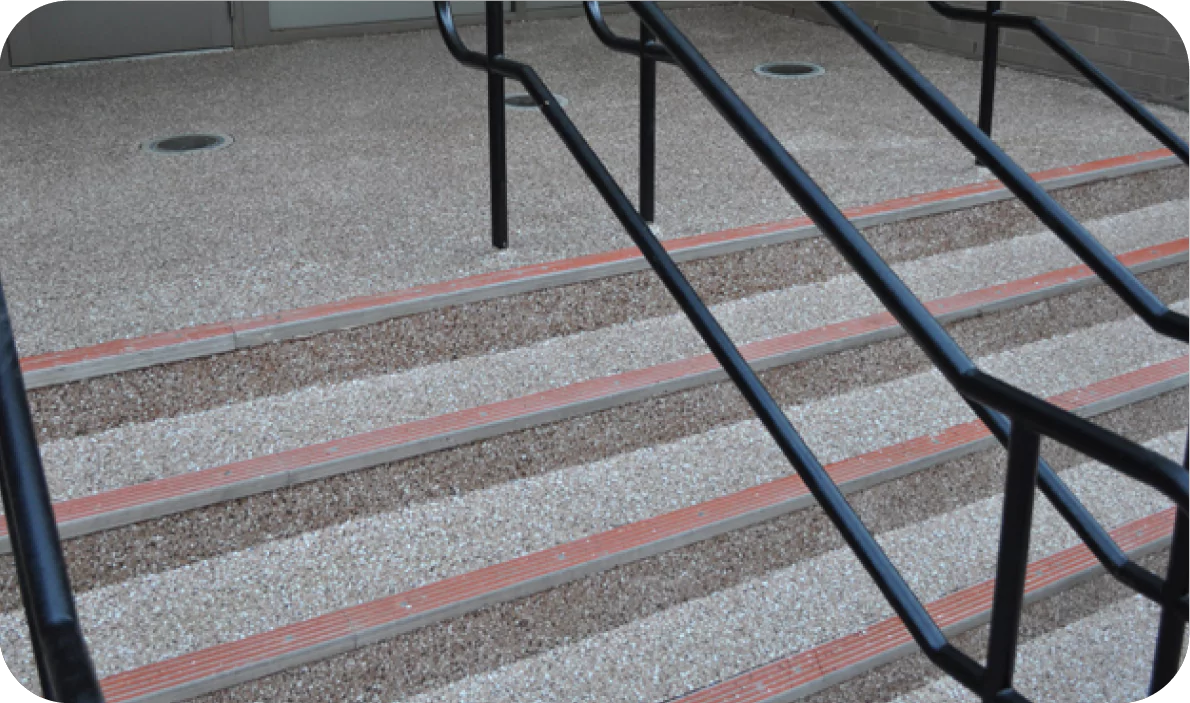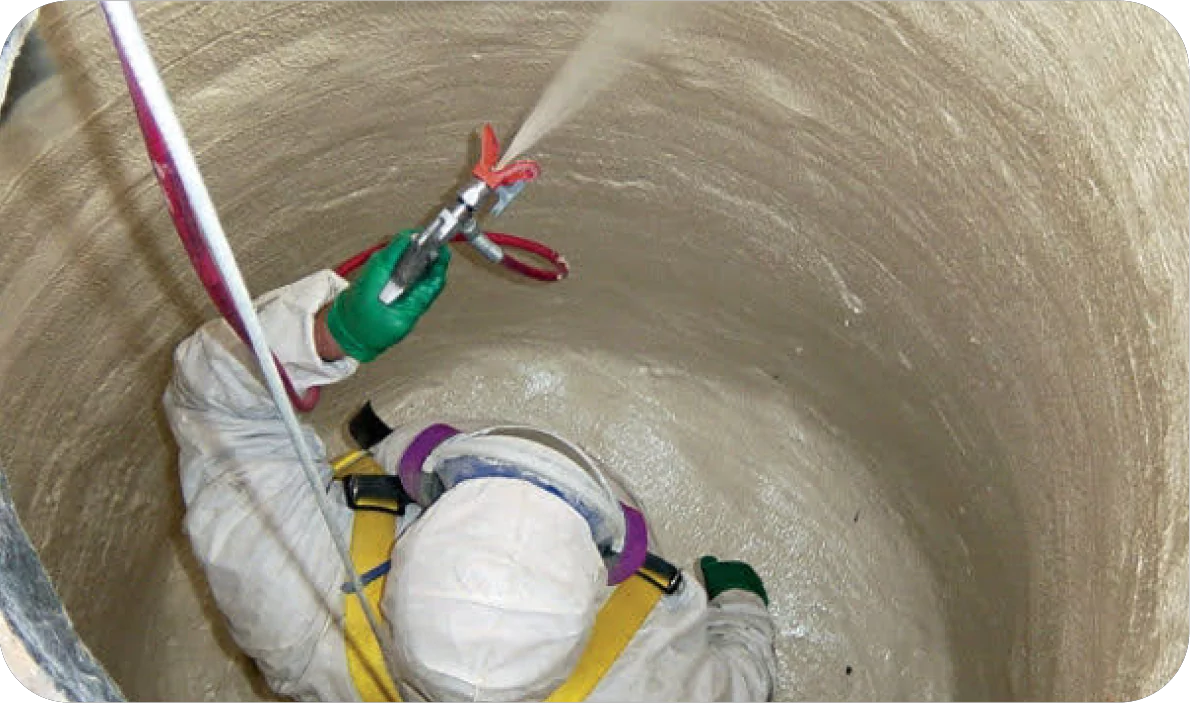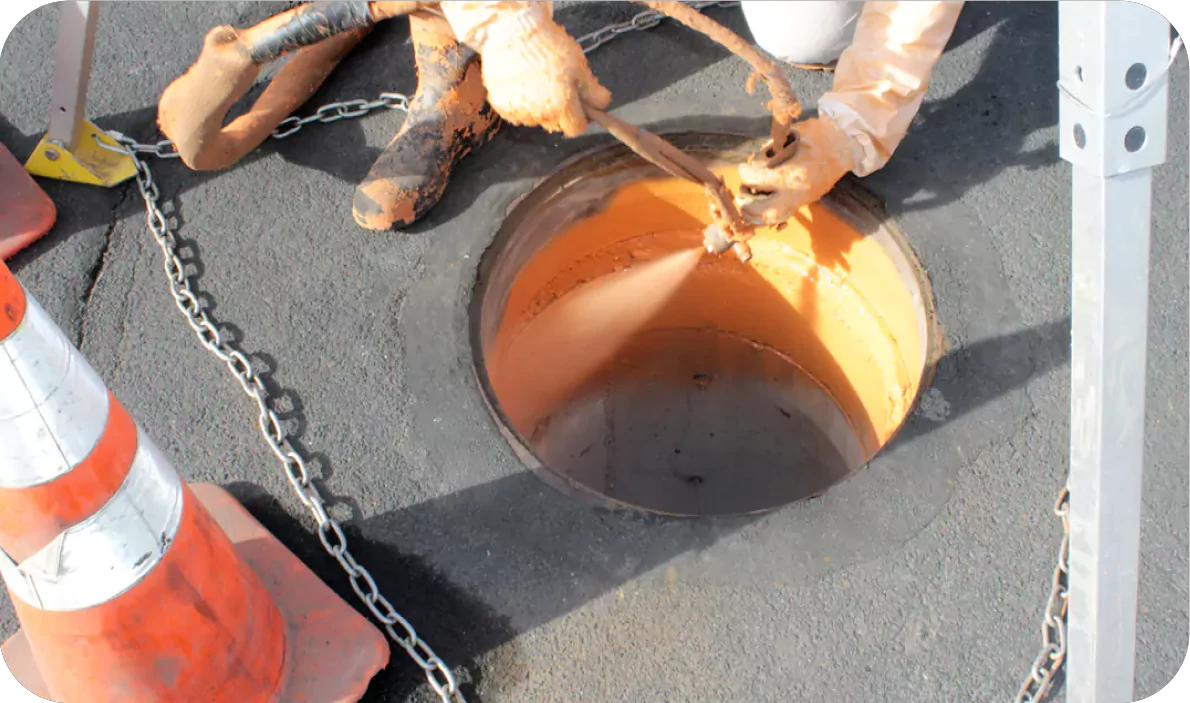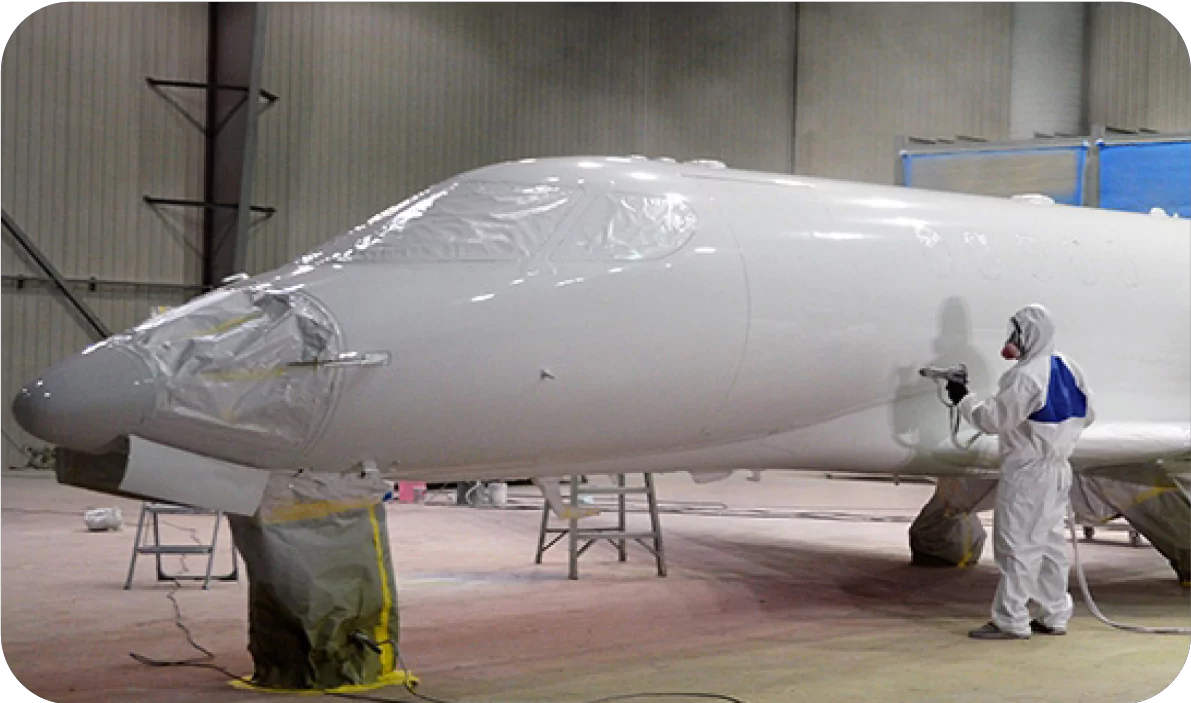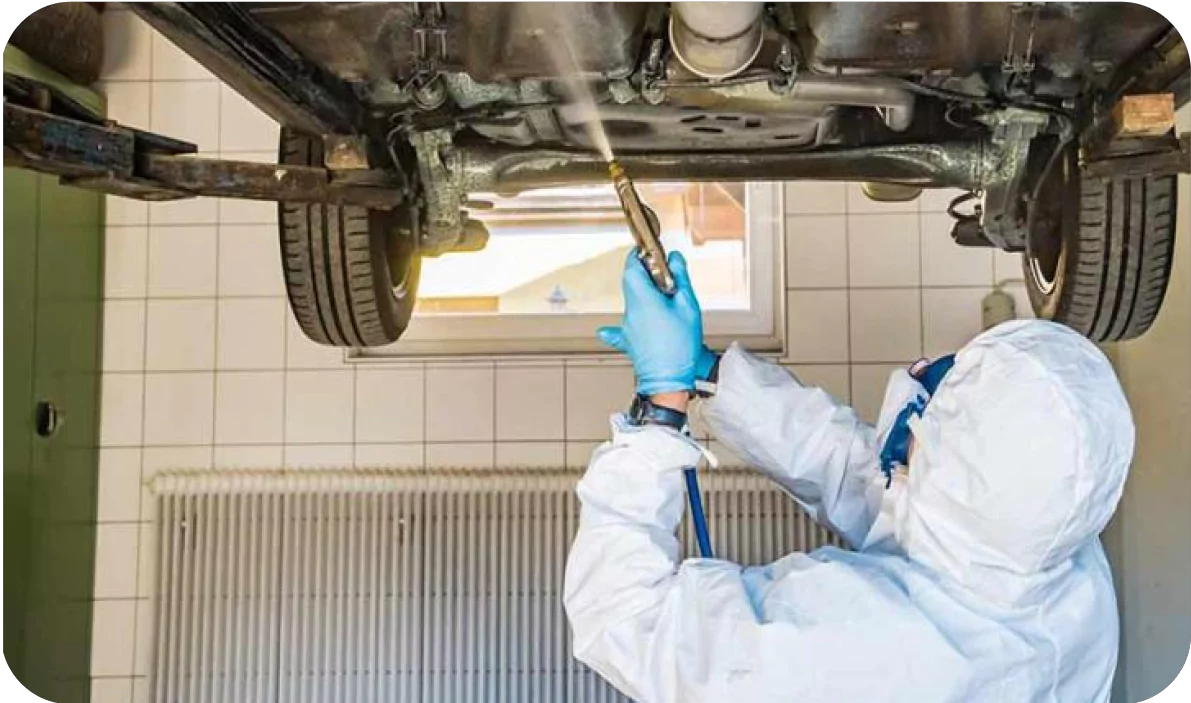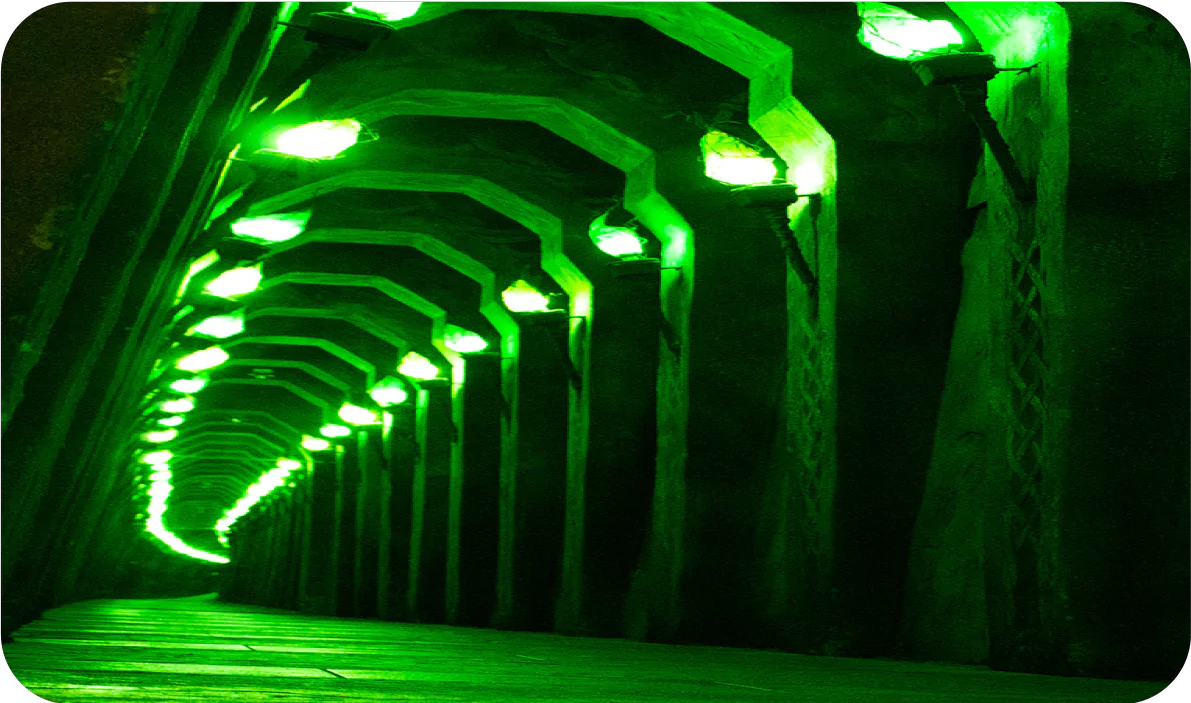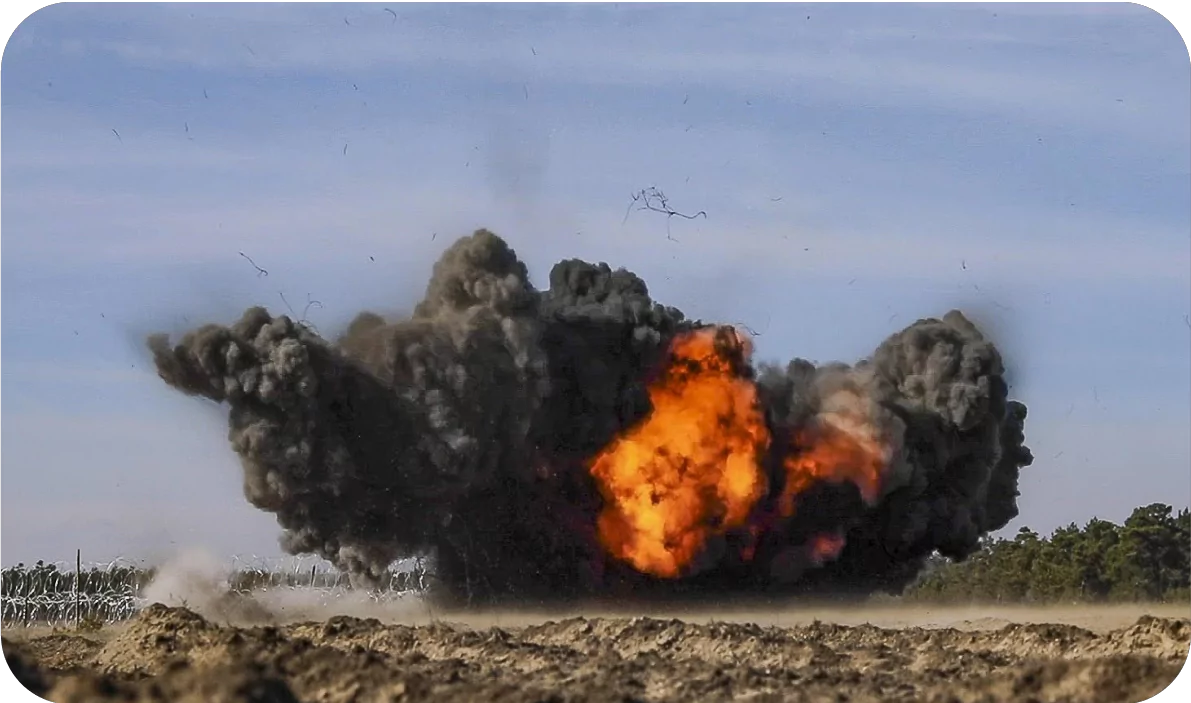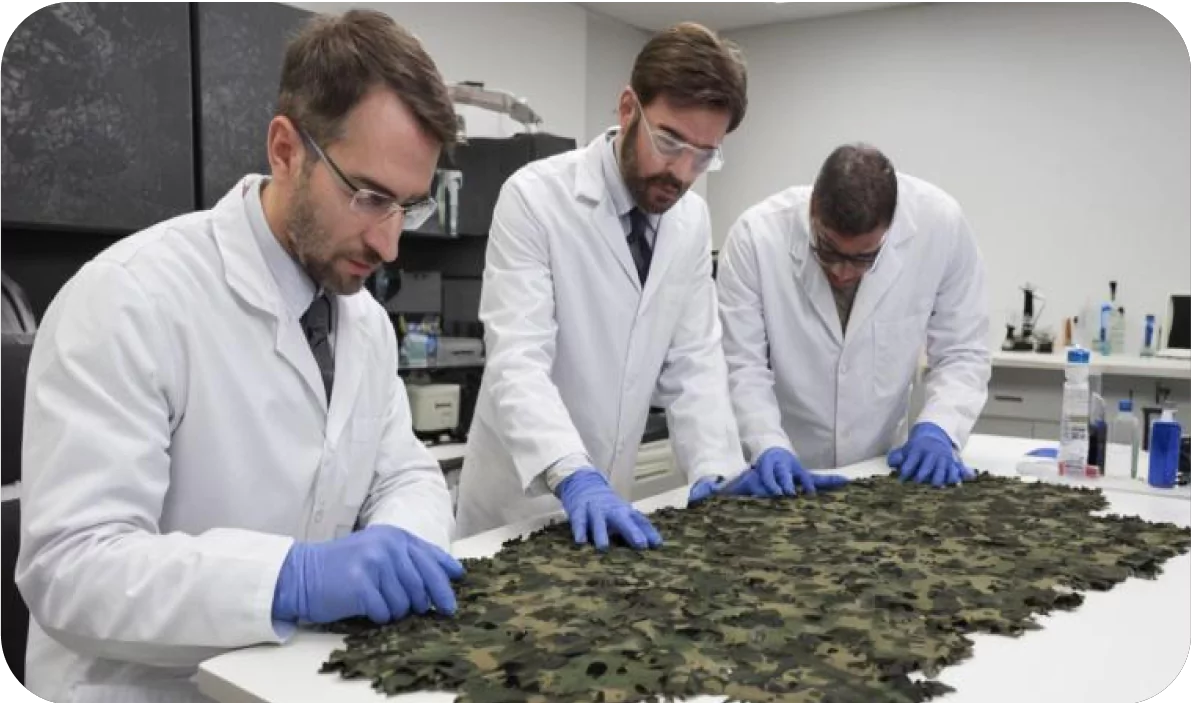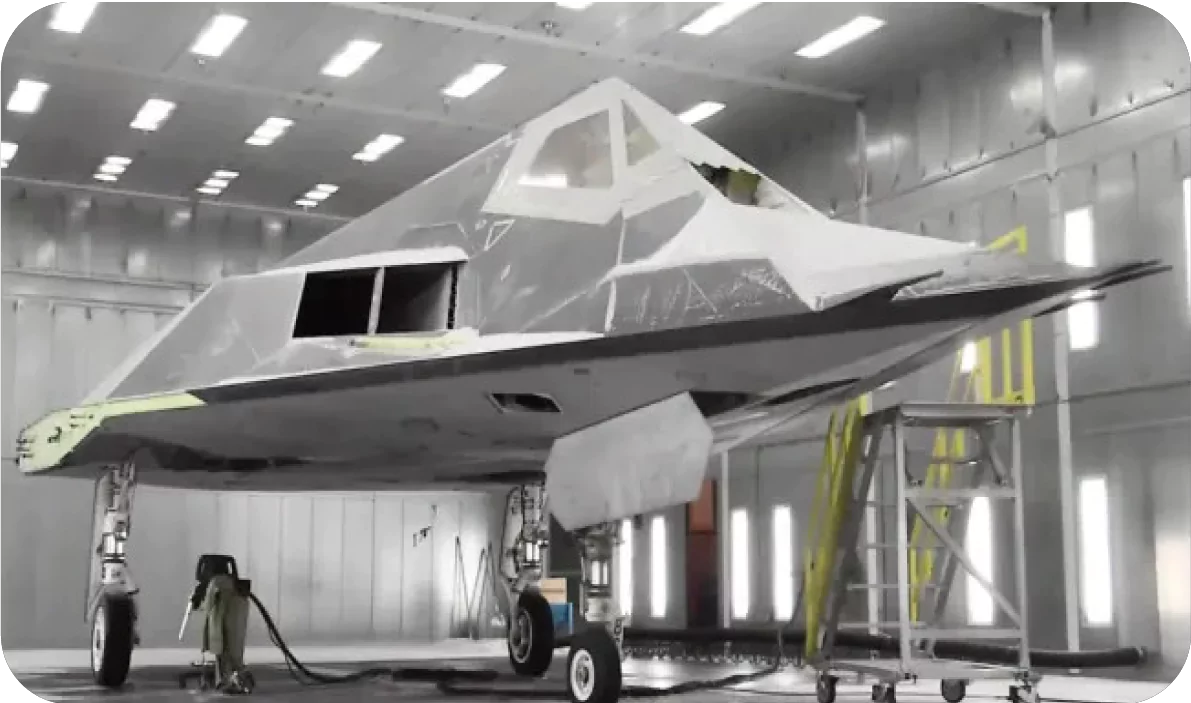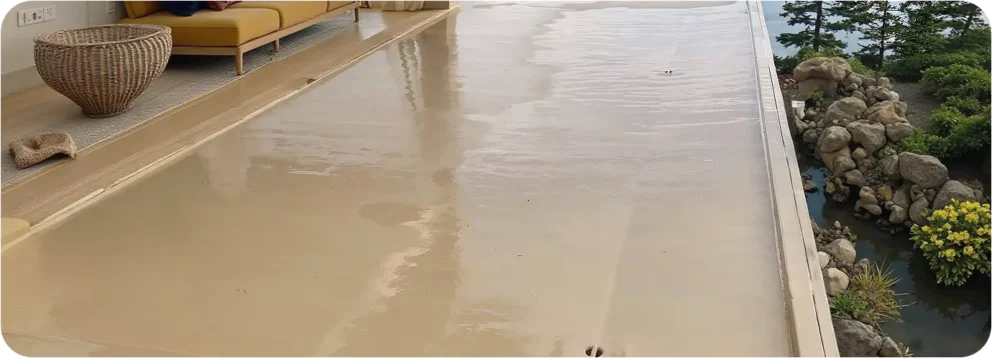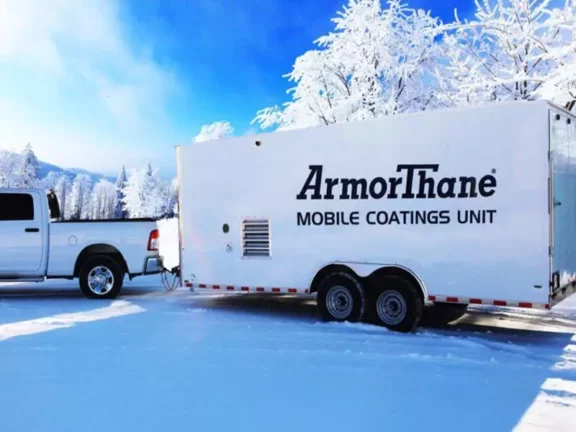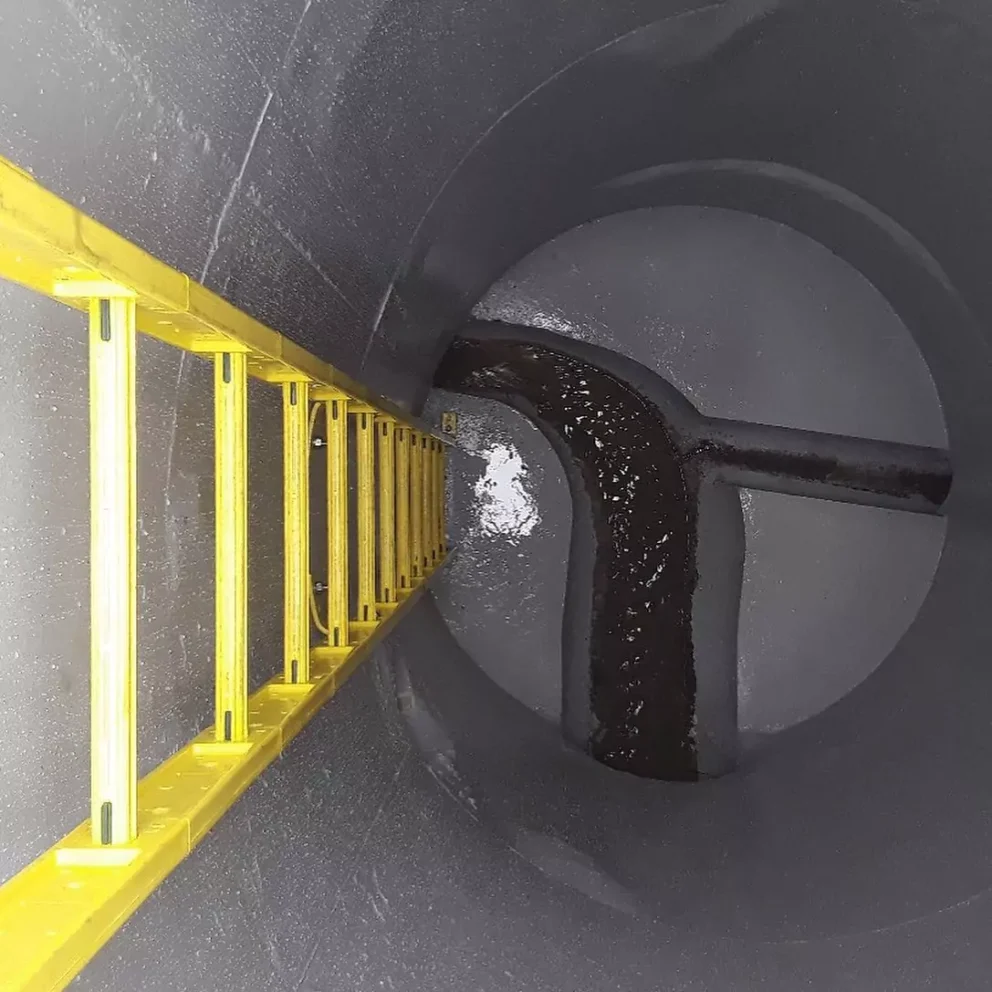When To Rehabilitate OLD WASTEWATER INFRASTRUCTURE
WHEN TO REPAIR,
WHEN TO REPLACE?
Most of us never think twice about where our water comes from, or how we’re able to maintain near constant access to practically limitless volumes of nature’s universal solvent. Behind the scenes, scientists and engineers work tirelessly to develop comprehensive water treatment processes that remove contaminants from our water supply and continue a never-ending back and forth between purified water and wastewater. This requires extensive infrastructure deployed in distinct stages, seeing that wastewater is treated efficiently as well as effectively. But treating up to millions of gallons a day takes a toll on wastewater infrastructure, which must be carefully monitored to ensure its safe and continuous operation.
When damage or malfunction is detected, there are generally two options: rehabilitation or replacement. Coating technologies like polyurea can be used to rehabilitate aging wastewater infrastructure; this is typically the preferred route, as it’s faster, cheaper, and easier than full replacement. However, when the damage is extensive or irreparable, replacement may be the only option. Knowing when to rehabilitate old wastewater infrastructure can spare you the mental headache and financial heartache of full-scale replacement, while still returning wastewater infrastructure to as good as new and protected for the future.
4 FACTORS FOR DECIDING
WHEN TO REHABILITATE WASTEWATER INFRASTRUCTURE
It’s not enough to simply keep an eye on wastewater infrastructure, trying to notice when something seems off. Thorough assessments should be made periodically, and a broader analysis should be performed to understand your unique situation. To help get you started, here are four key factors to consider for deciding when to rehabilitate your wastewater infrastructure:
In case of catastrophic failure, what are the potential consequences to on-site personnel, local communities, and the environment? Whether directly or indirectly, when the risk is high, it’s always better to err on the side of caution. In this case, it’s better to rehabilitate your wastewater infrastructure sooner rather than later, or to plan for early replacement. If the risk of catastrophic failure is low but smaller dangers may still arise, it’s likely time for rehabilitation.
Ideally, it’s best for rehabilitation to sync with your preexisting schedule for maintenance and repair. Leaving critical infrastructure offline is not only expensive, but can deprive countless people a necessary service. Rehabilitation is cheaper and less time-intensive than outright replacement, making it a preferred choice whenever possible. If you see an opportunity to include rehabilitation into your next maintenance period, it’s likely worth the extra effort.
At the end of the day, our options are always limited by what we can afford. If replacement is on the table, but rehabilitation could return old wastewater infrastructure to its heyday at a fraction of the cost, it’s best to choose rehabilitation and delay full replacement for as long as possible. However, it may not always suffice to go with the cheaper option; replacement may sometimes be necessary, so it’s important to first determine what old infrastructure needs before considering cost.
While the future is always anyone’s guess, data-driven forecasting can help predict future requirements with relatively high accuracy. If your facility is expecting increased demand or may require new functionality, rehabilitation may not be enough. However, if current capabilities are expected to be sufficient for the time being, rehabilitation can repair and protect wastewater infrastructure without the need for a complete overhaul.
WHY CHOOSE POLYUREA FOR
REHABILITATING WASTEWATER INFRASTRUCTURE?
When replacement can be avoided, choosing rehabilitation is a faster, cheaper, and easier means of maintaining wastewater infrastructure. Polyurea spray elastomer technology, a pillar of the coatings industry, is among the best solutions for rehabilitating wastewater infrastructure. Polyurea is both durable and flexible, being one of the toughest coating technologies while also adapting to dynamic environments. It’s installed with high-pressure spray equipment that affords exceptional application versatility, and cures within minutes to see a quicker return to service. Perfect for use in wastewater processing, polyurea is also safer and more sustainable than traditional technologies, as it’s made of 100% solids and includes no solvents or volatile organic chemicals (VOCs). Perhaps most importantly, polyurea is waterproof and watertight, insulating container materials from corrosion and helping ensure reliable liquid containment. There’s no ifs, ands, or buts about it; polyurea is the ultimate solution for rehabilitating wastewater infrastructure.
understanding the chemical makeup of polyurea
Polyurea is a synthetic polymer coating technology ideal for rehabilitating and protecting wastewater structures. Its amazing attributes set it apart from other more protective coatings and offer many advantages over traditional coating technologies. Polyurea is a two part sprayed on system which once applied, will last for decades. Polyurea can be sprayed directly on to concrete where it will create an air tight seal around the substrate, keeping out water and protecting against the elements.
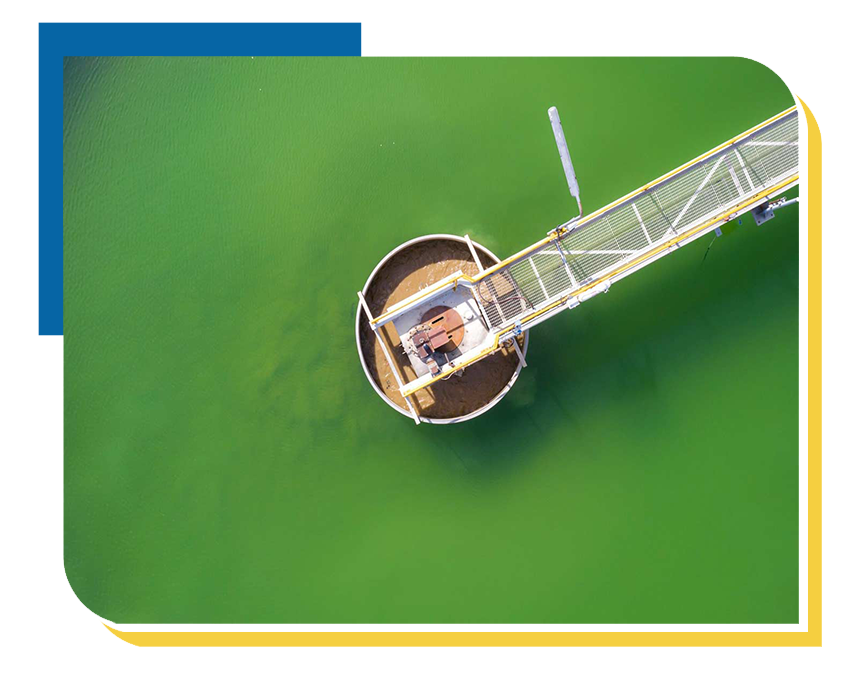
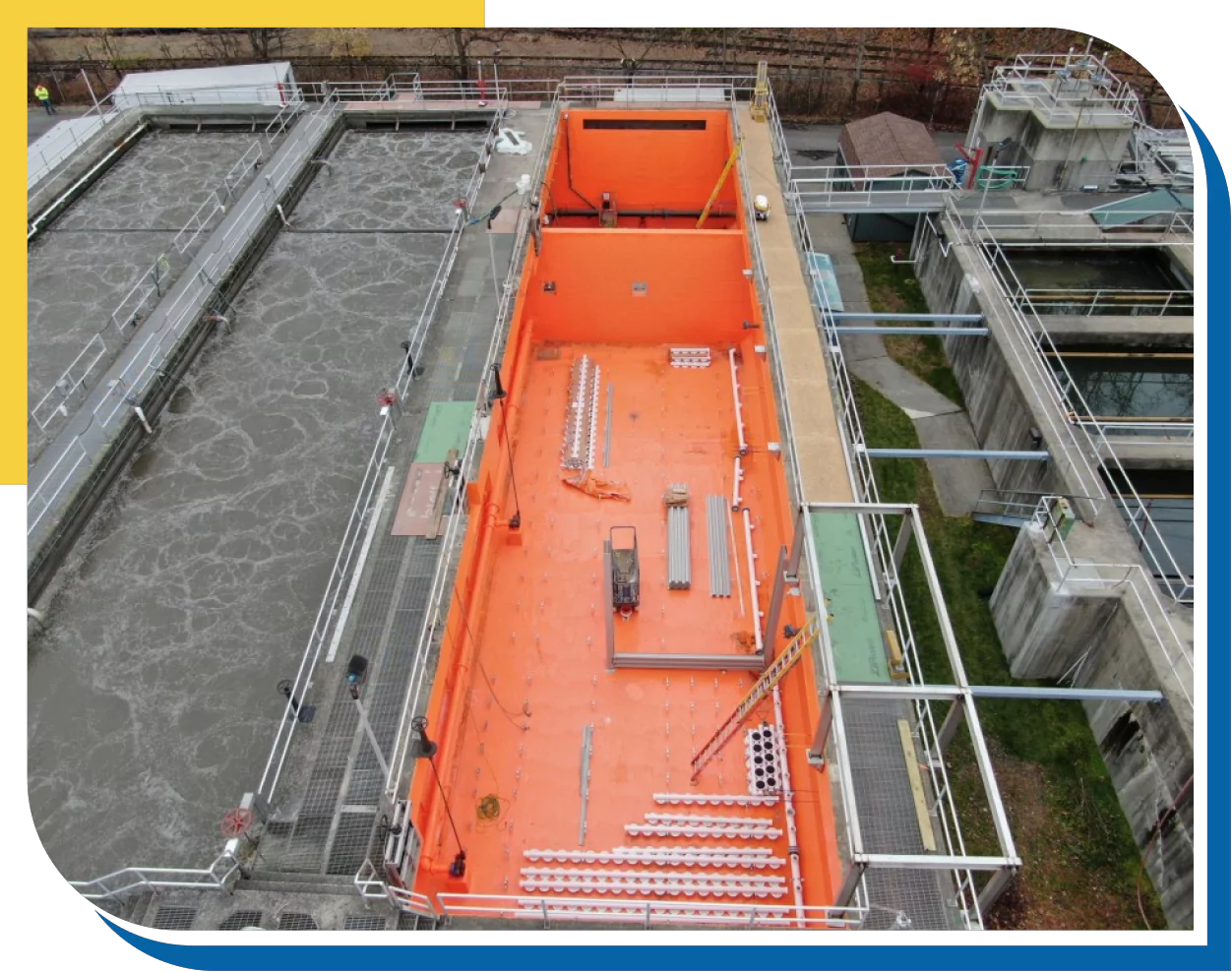
WHAT ARE THE ENVIRONMENTAL BENEFITS OF POLYUREA
Polyurea offers environmental benefits due to the fact that it is free of VOCs and solvent emissions, creating a more safe working environment. Its resistance to biological growth reduces maintenance needs, leading to water and chemical savings over time. Choosing polyurea for wastewater infrastructure refurbishment projects saves costs in the long run and ensures a sustainable return on investment.
FAQ FREQUENTLY ASKED QUESTIONS
Wastewater infrastructure is built to last; we couldn’t have water available every time we open the tap if treatment plants had to be replaced every few years. While their lifespans vary widely, depending on the water source, type of contaminants, local environment, and myriad other factors, most wastewater infrastructure is expected to last between 20 to 50 years before needing extensive repair or replacement.
The cost of rehabilitating old wastewater infrastructure will vary drastically from project to project. The size of the infrastructure, degree of disrepair, role in treatment, and countless other factors can all influence the cost. High-performance and versatile technologies like polyurea can make rehabilitation cost-effective in the long run, and are perfect for almost any rehabilitation project.
Polyurea is one of the most effective technologies for rehabilitating wastewater infrastructure. It’s waterproof and watertight, chemically inert, and resistant to harsh physical abrasion. Polyurea is applied with high-pressure spray on equipment for an easy and flexible installation, and its high-quality and lasting performance make it a cost-effective solution in the long run.
latest news & bLOGS
READY TO REHABILITATE?
If you’ve decided it’s time to rehabilitate your wastewater infrastructure, partnering with ArmorThane can make all the difference. We’ve been leaders in the coatings industry for over 35 years, and have made it our goal to become the global one-stop shop for everything polyurea and polyurethane. We’ll make your rehabilitation project as smooth as the finish on our specialty polyurea formulations, filling every crack and crevice to create a seamless barrier that revitalizes surfaces while also protecting them from future wear. To learn more about our suite of polyurea products and services, and discover how ArmorThane can be your partner in the coatings industry – Contact Us Today!

NO FRANCHISE FEES
No franchise fees or royalties, make it a relatively low cost venture.

24/7 CUSTOMER SUPPORT
A dedicated support team is ready to assist you anytime you need us.

